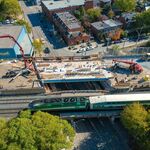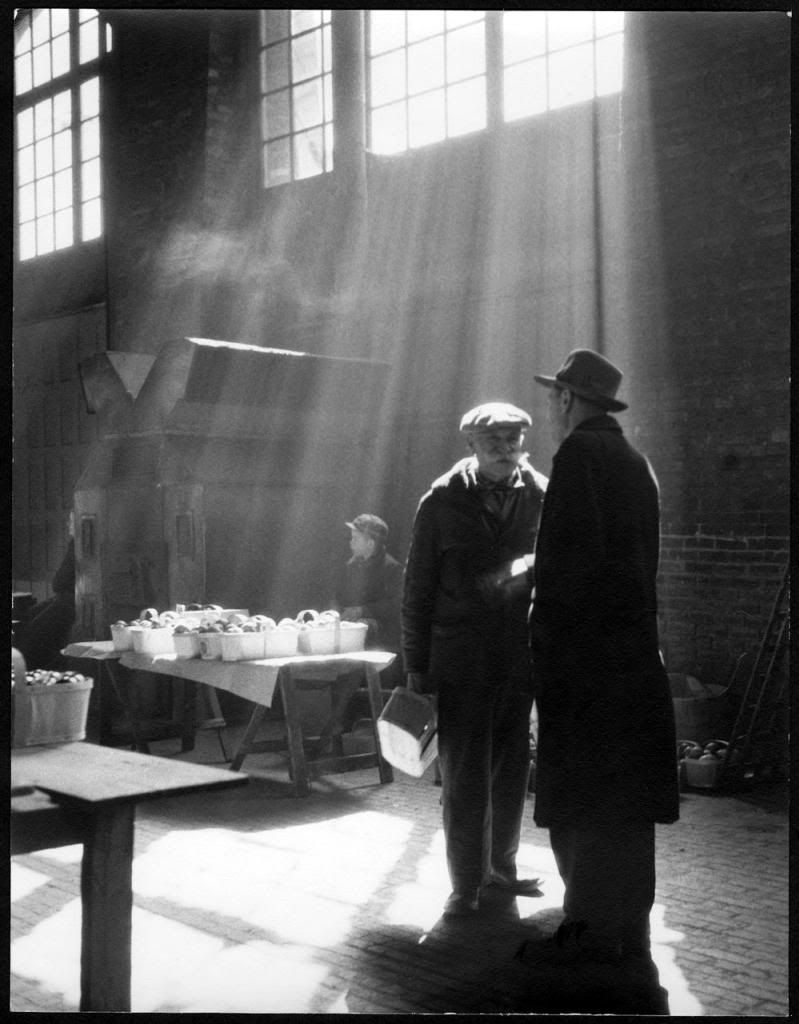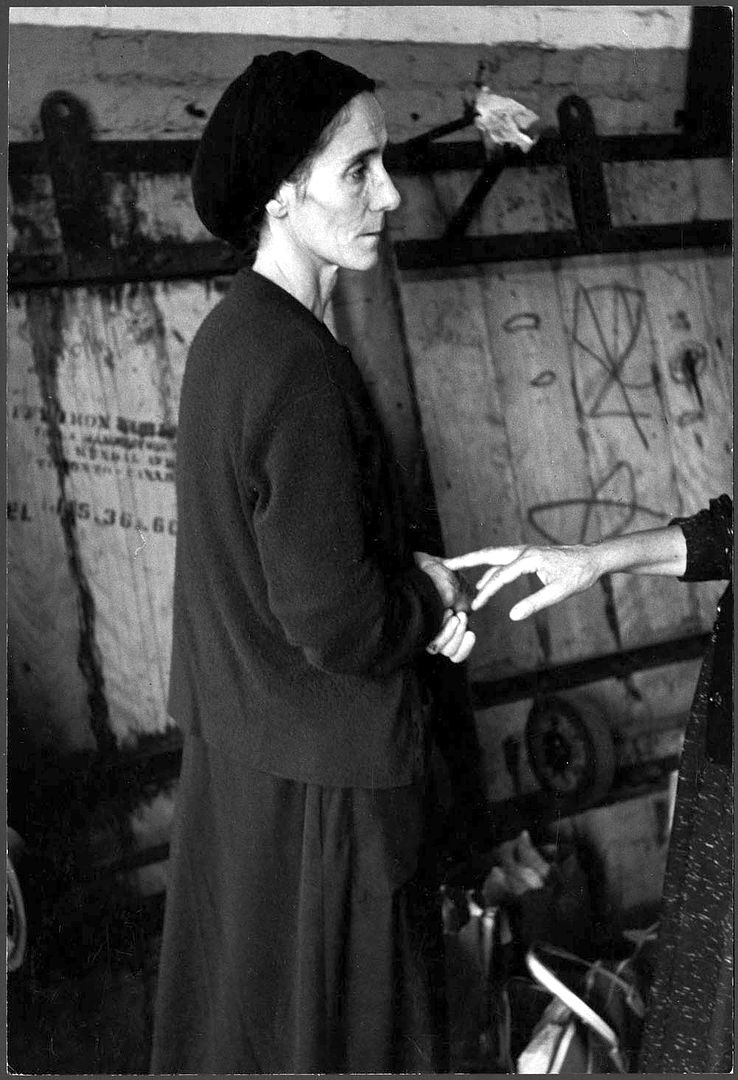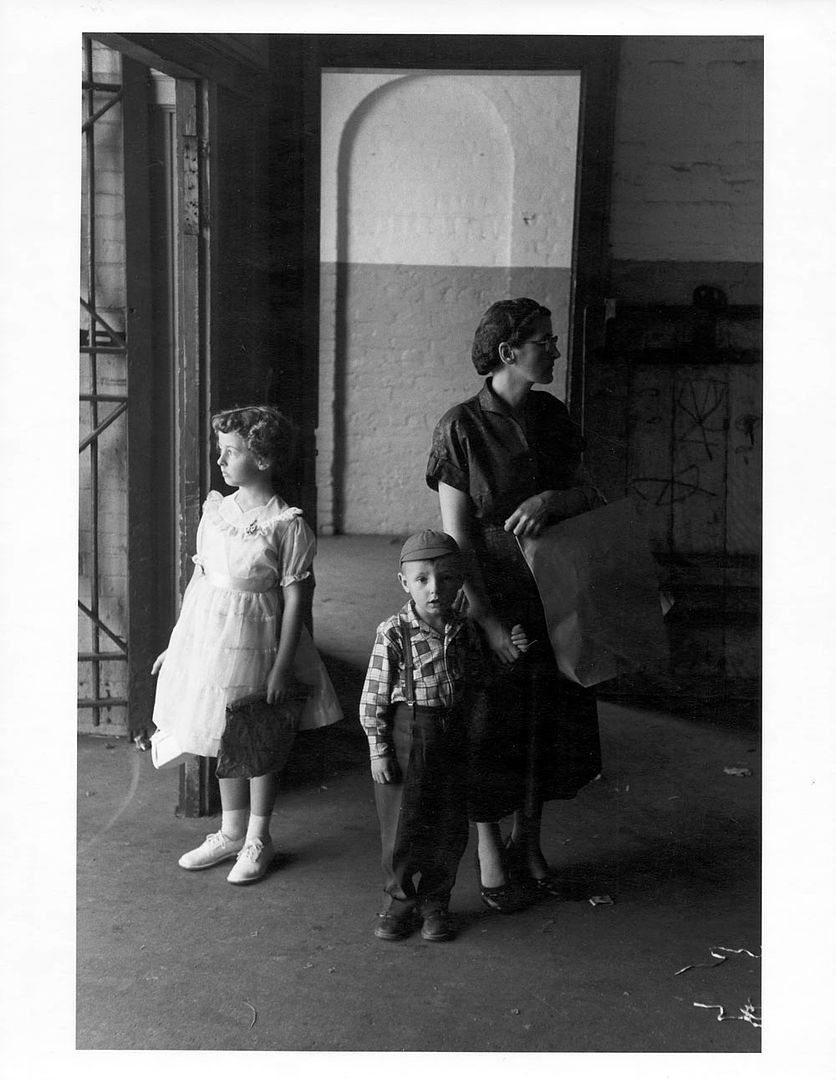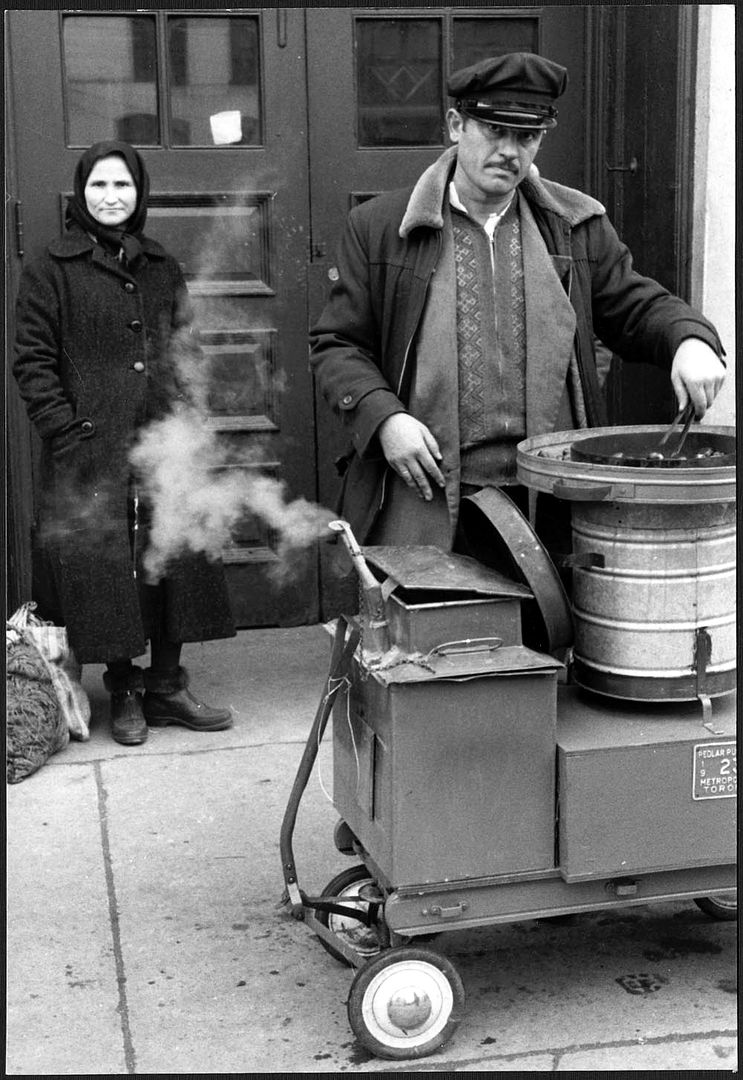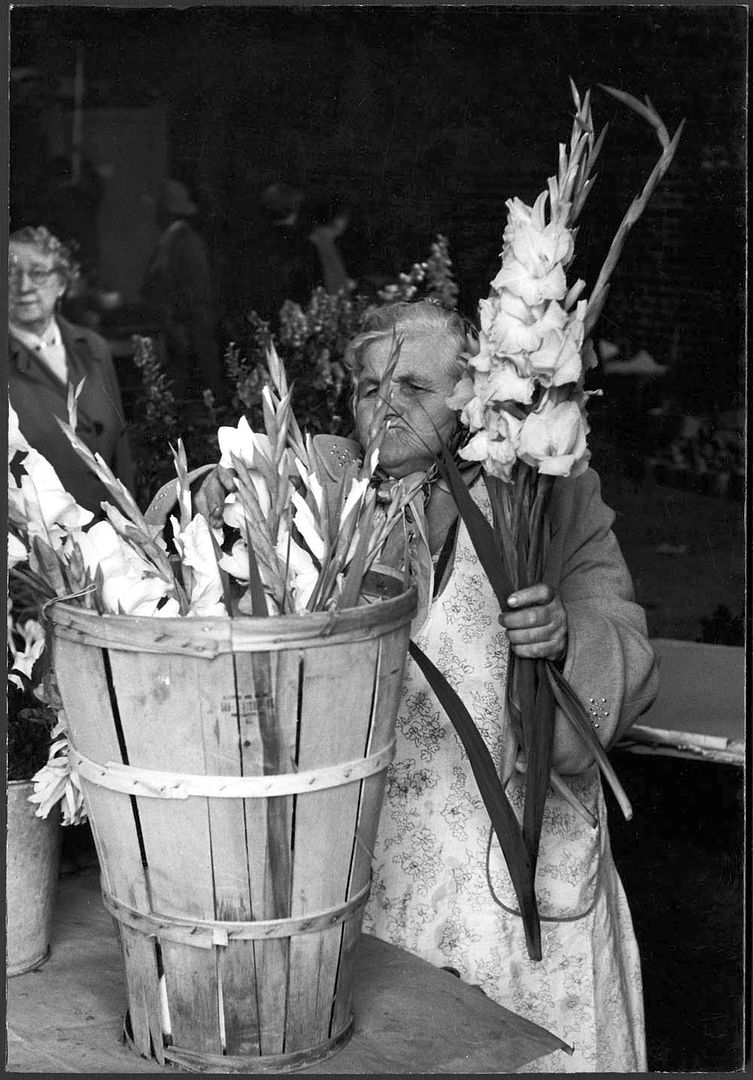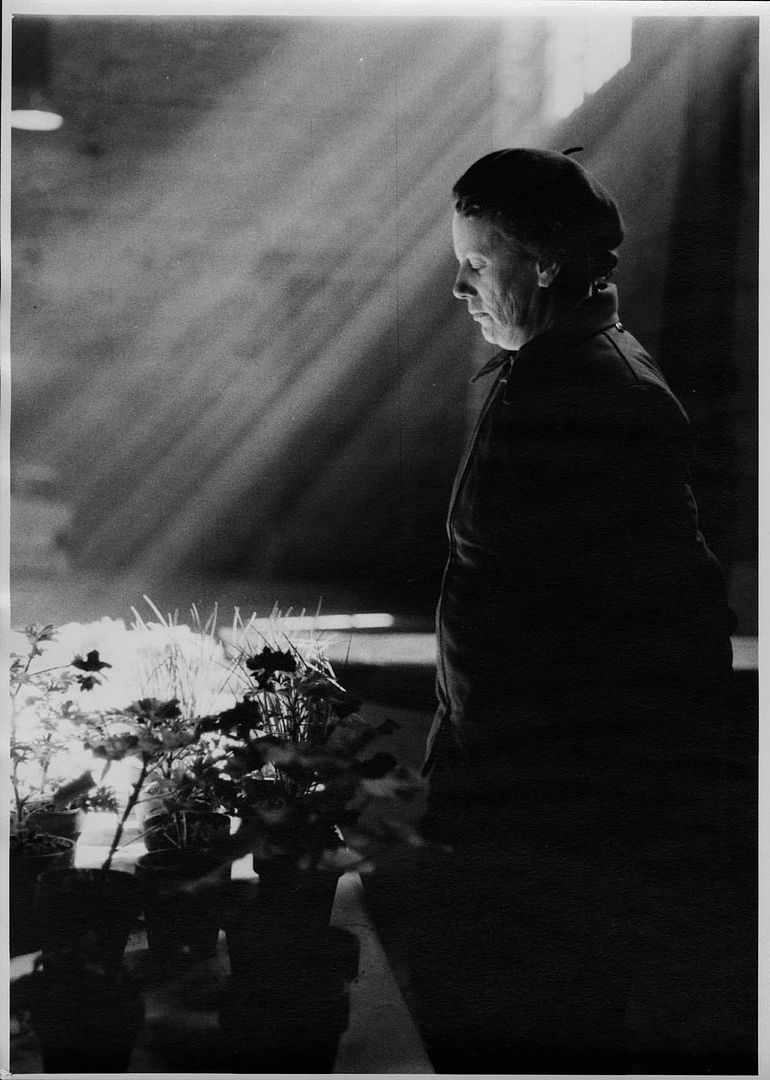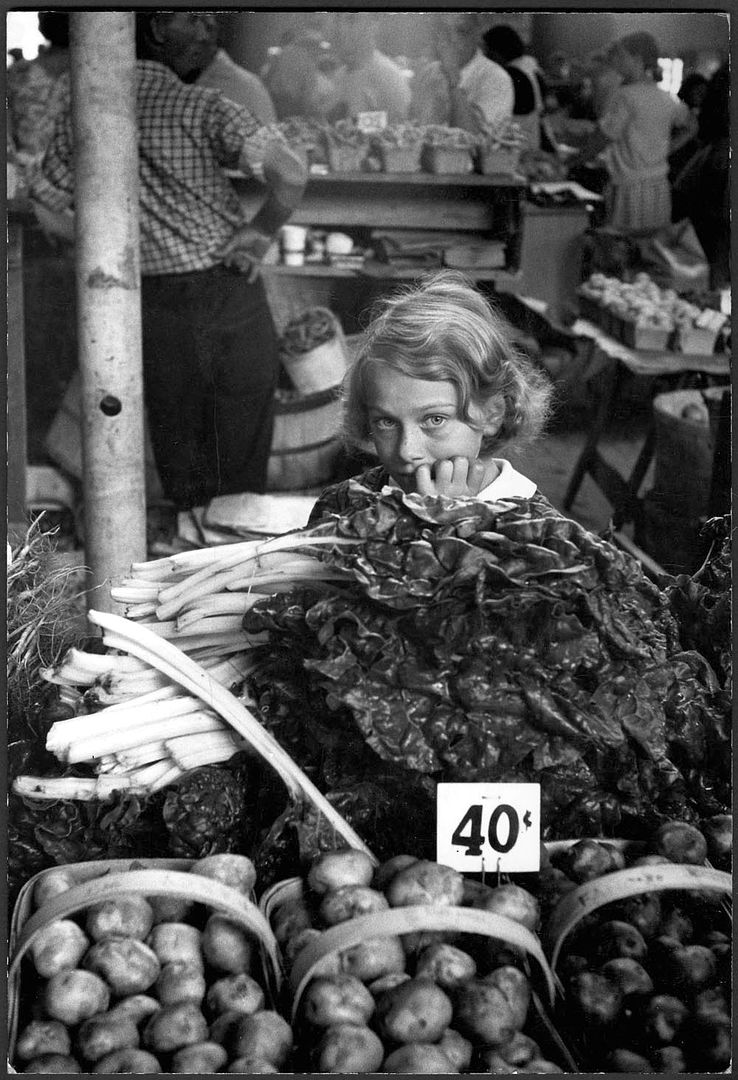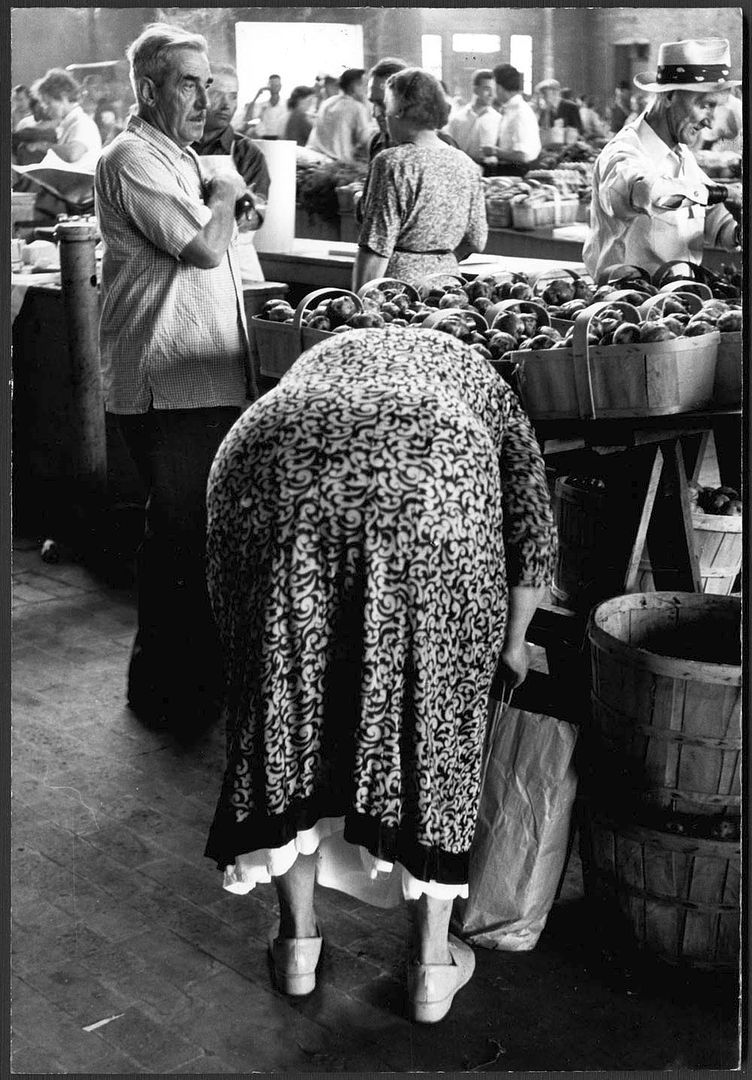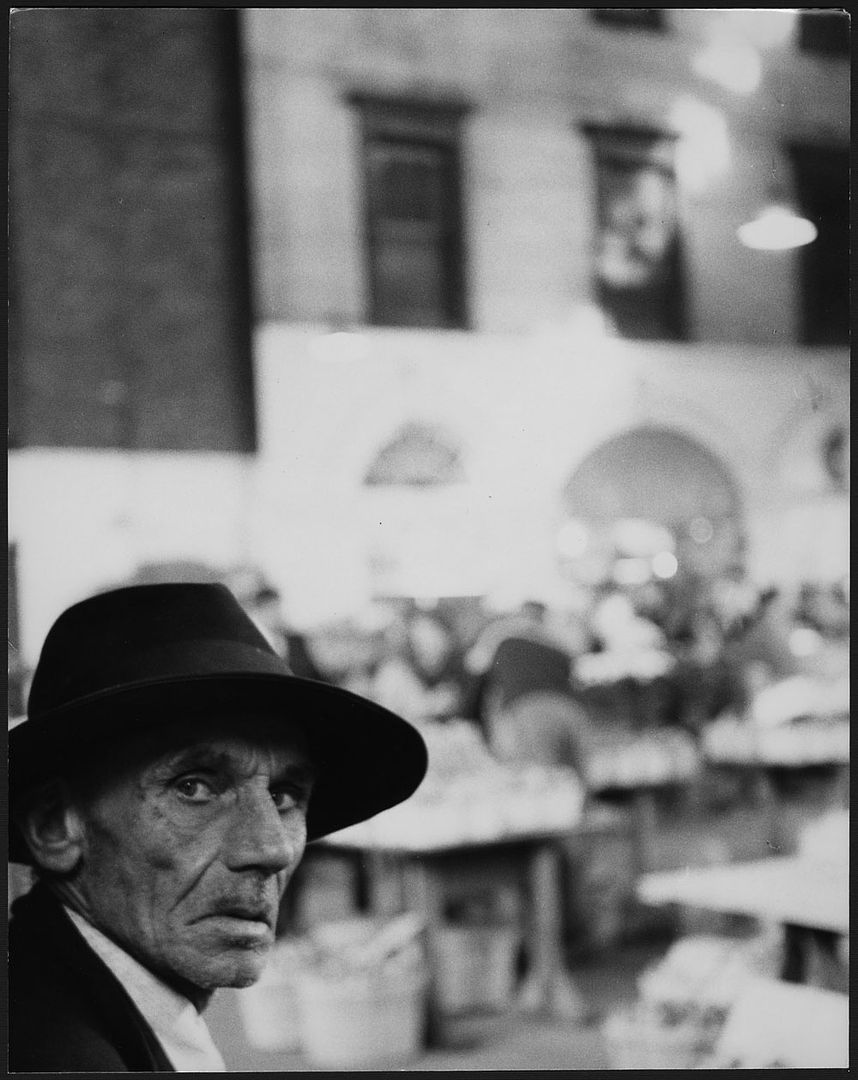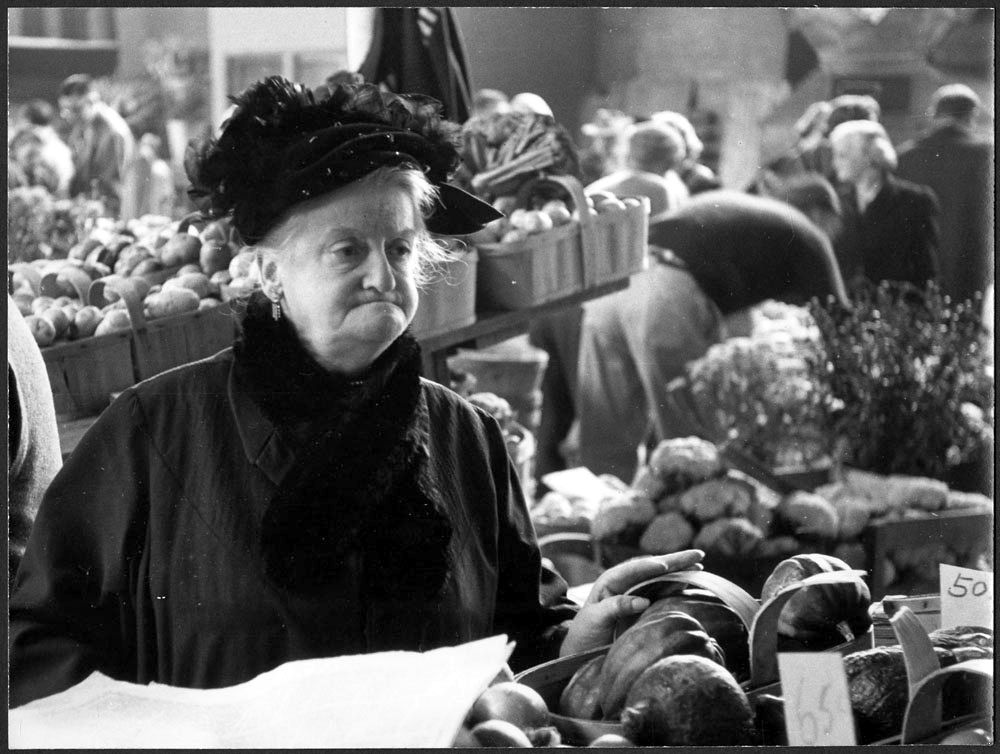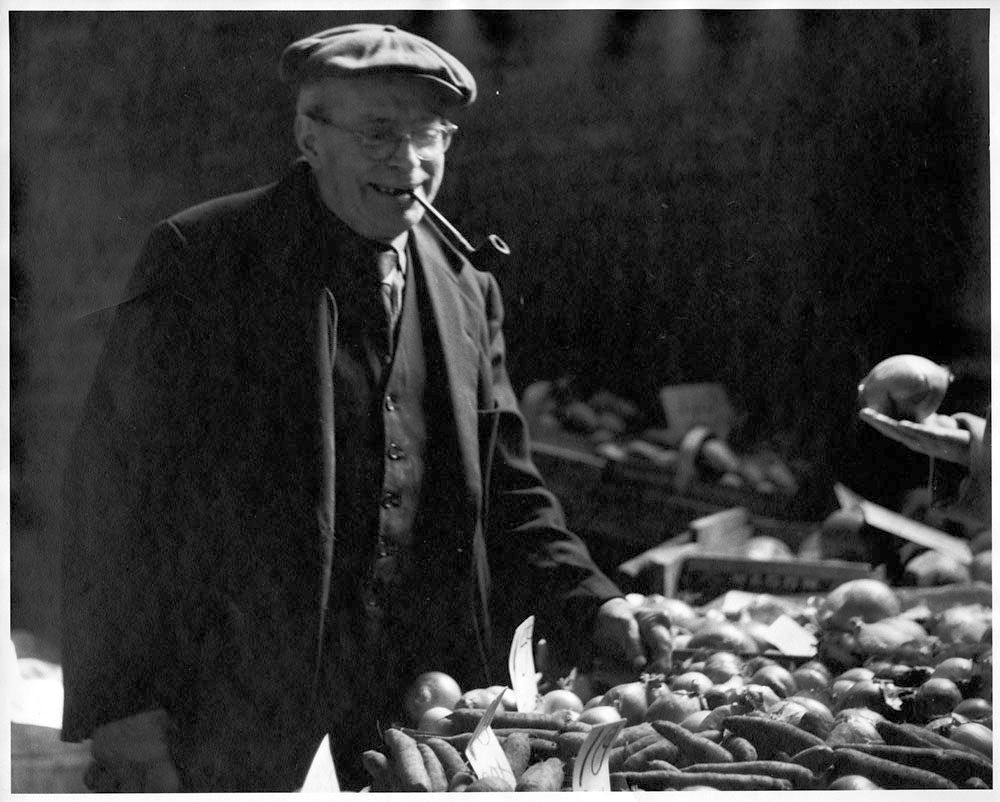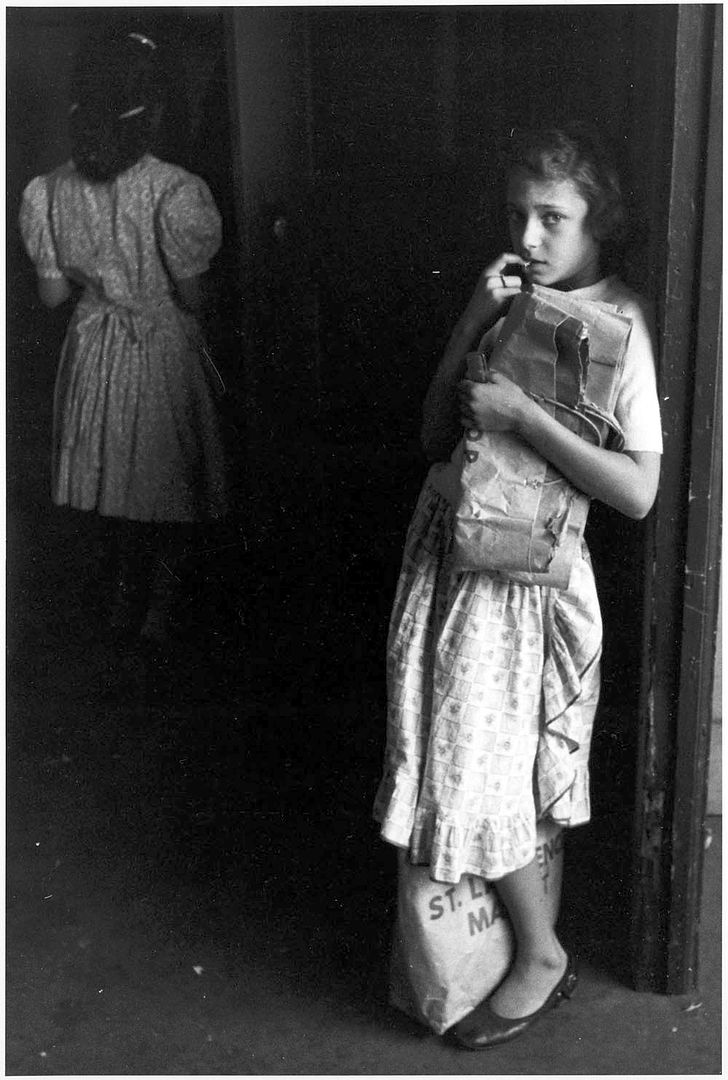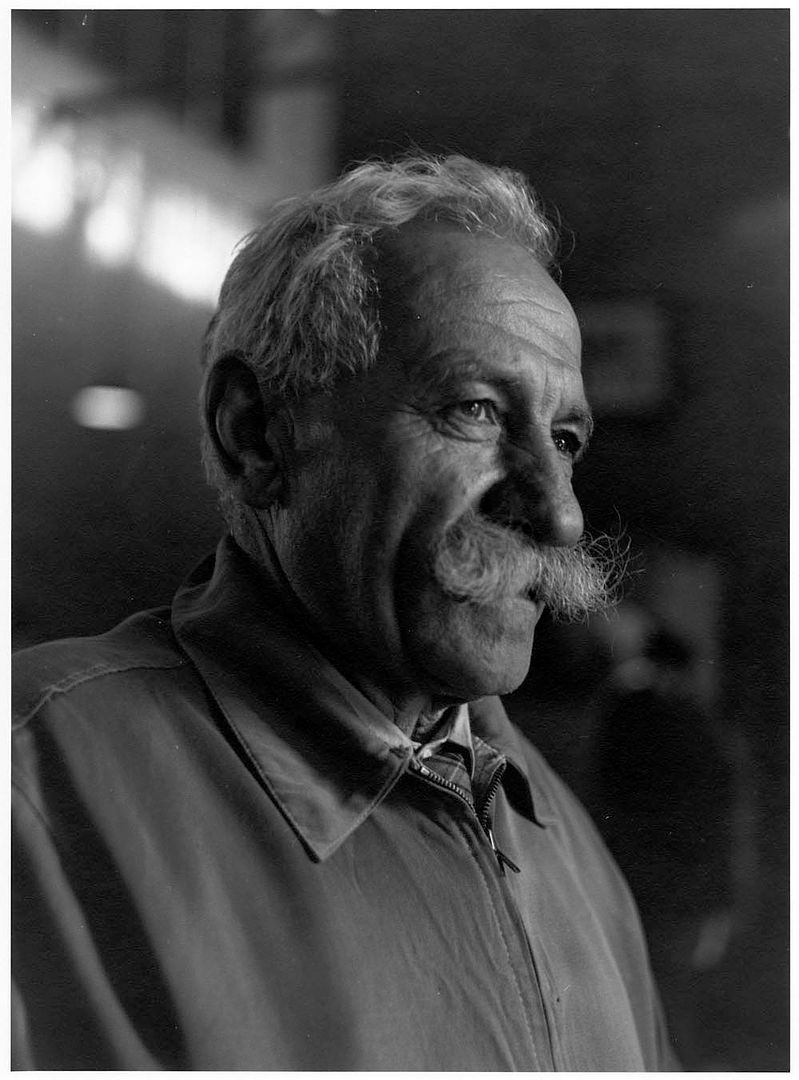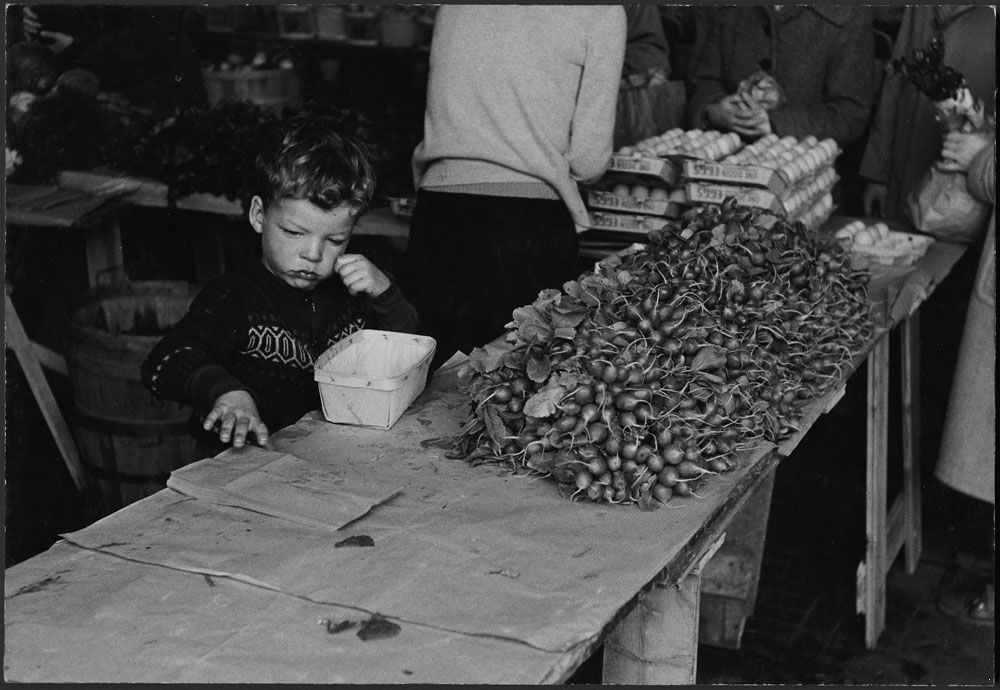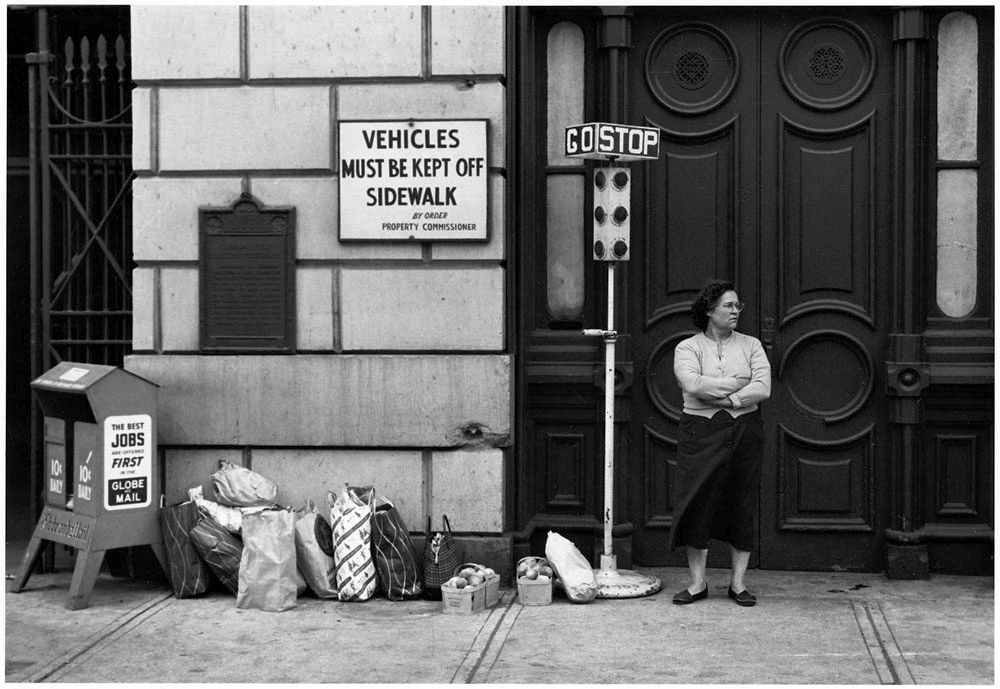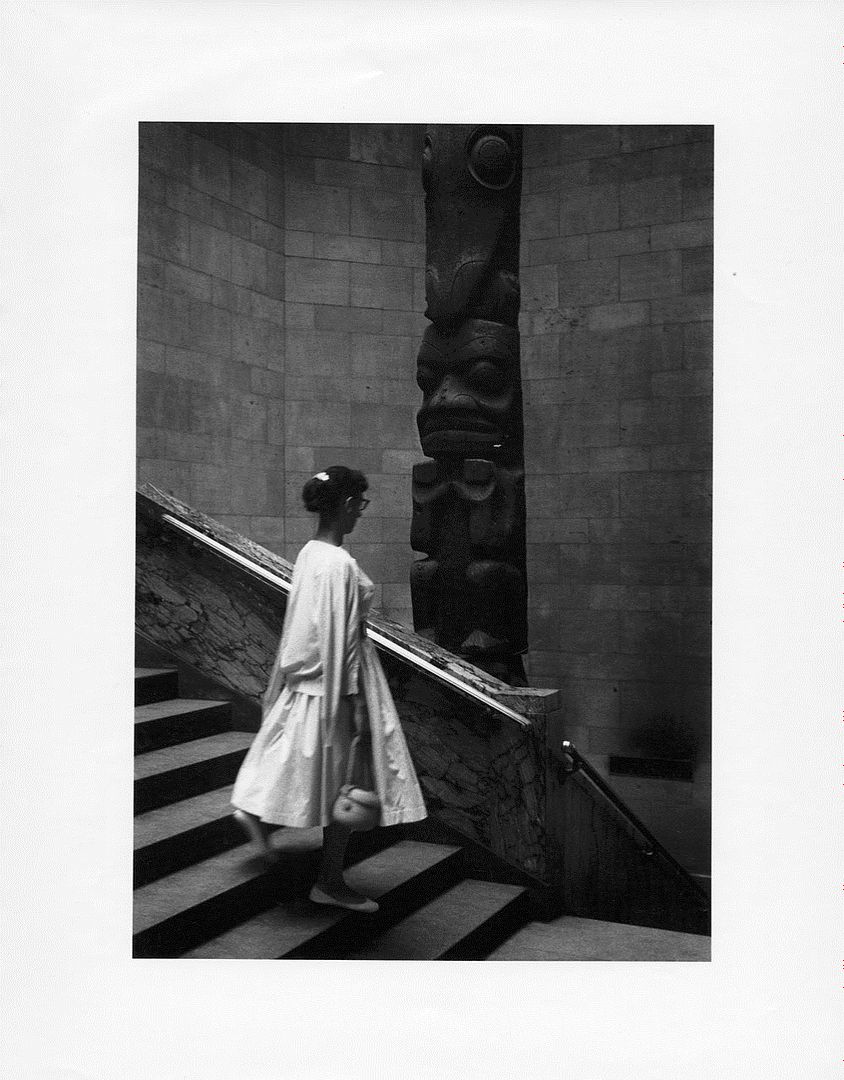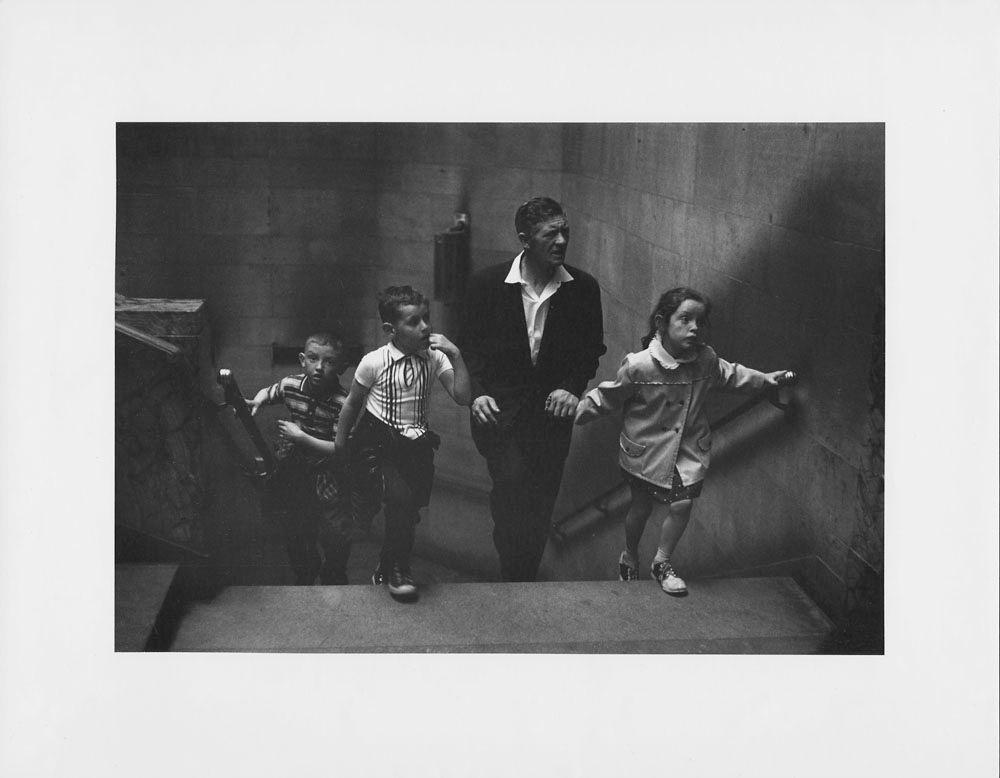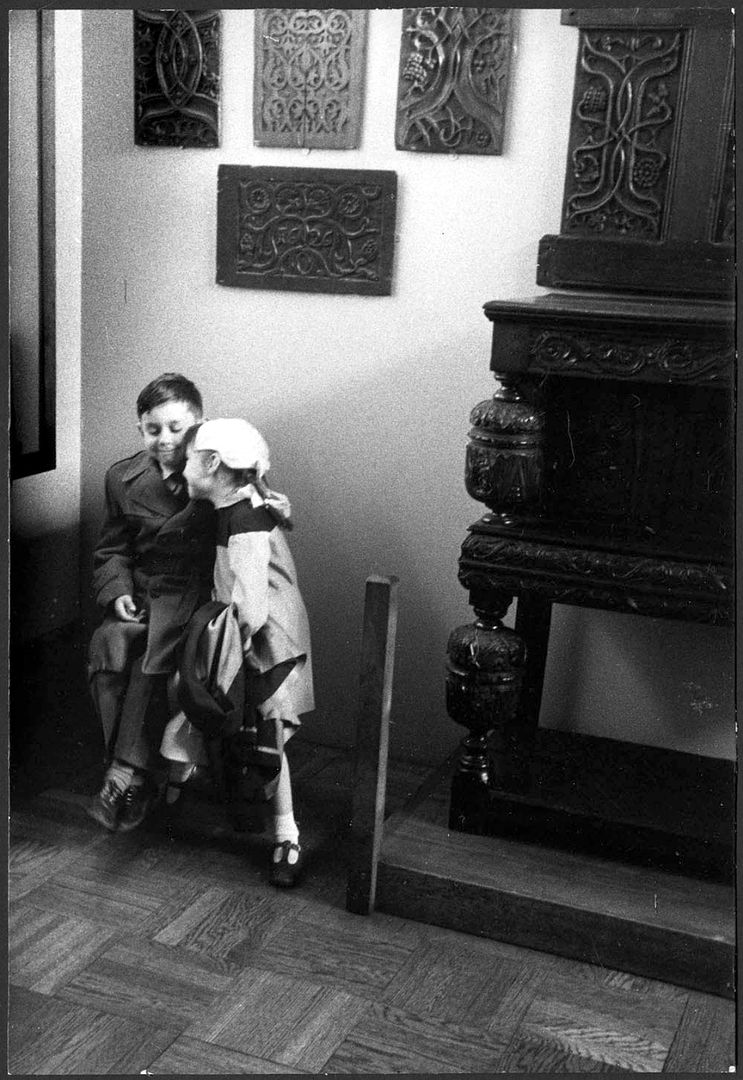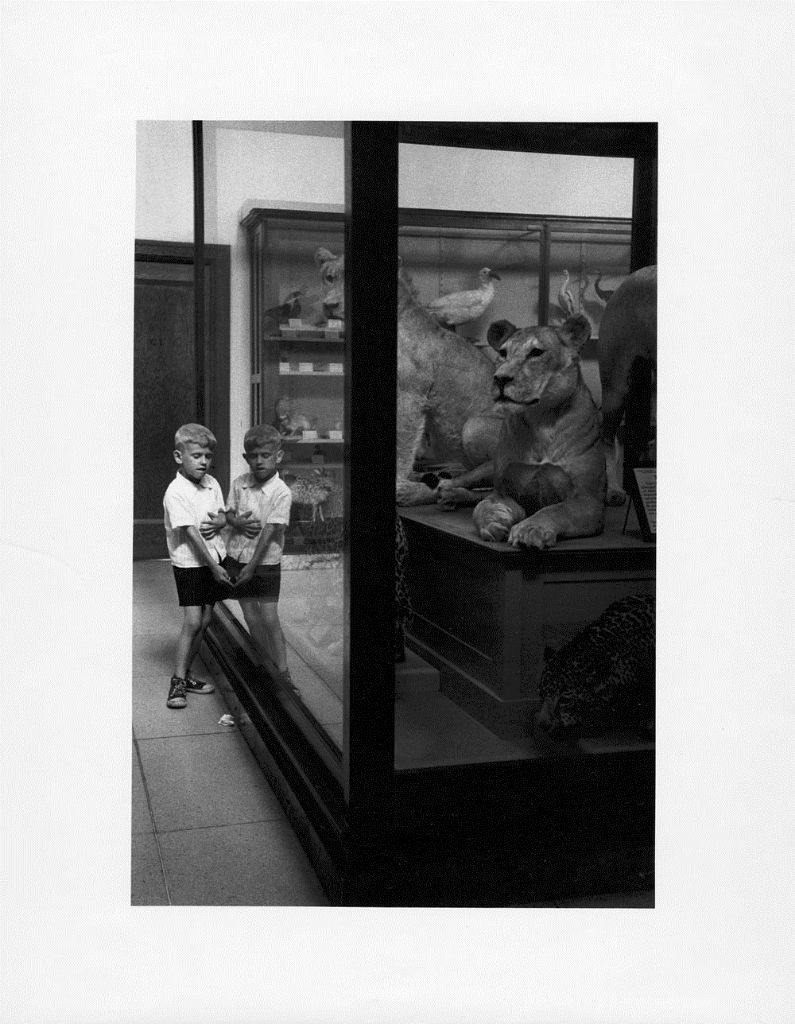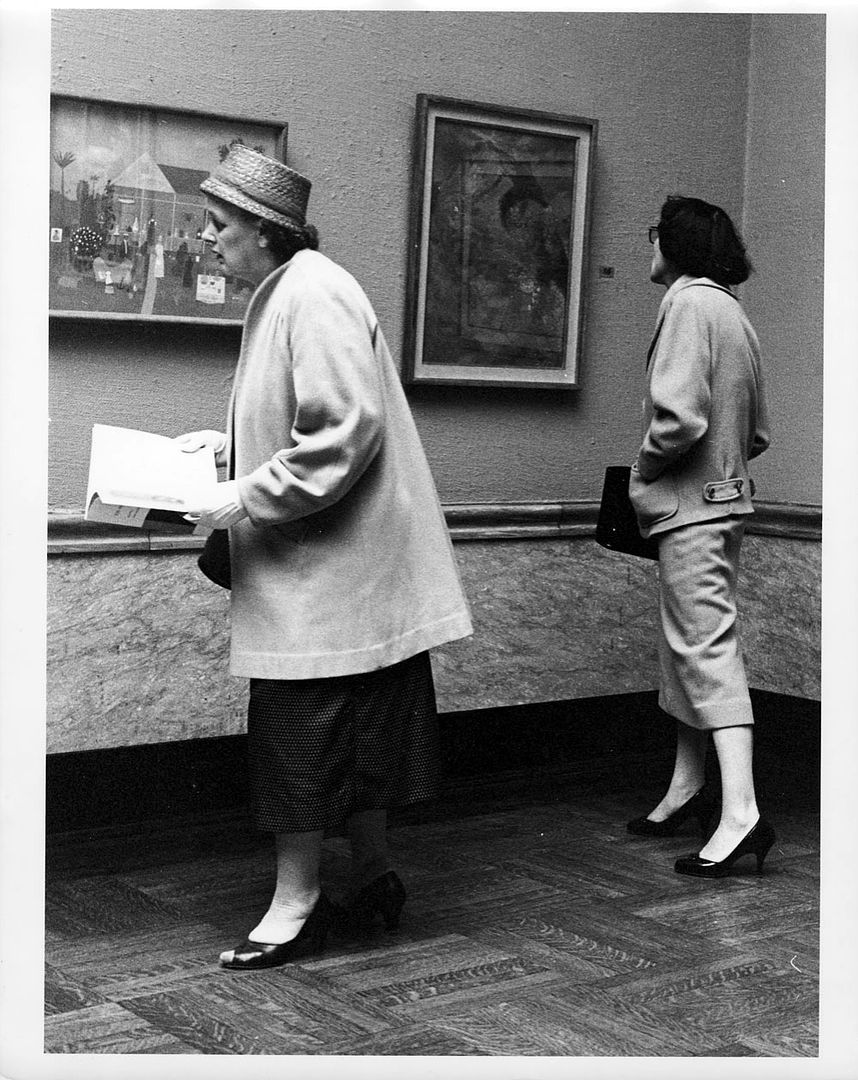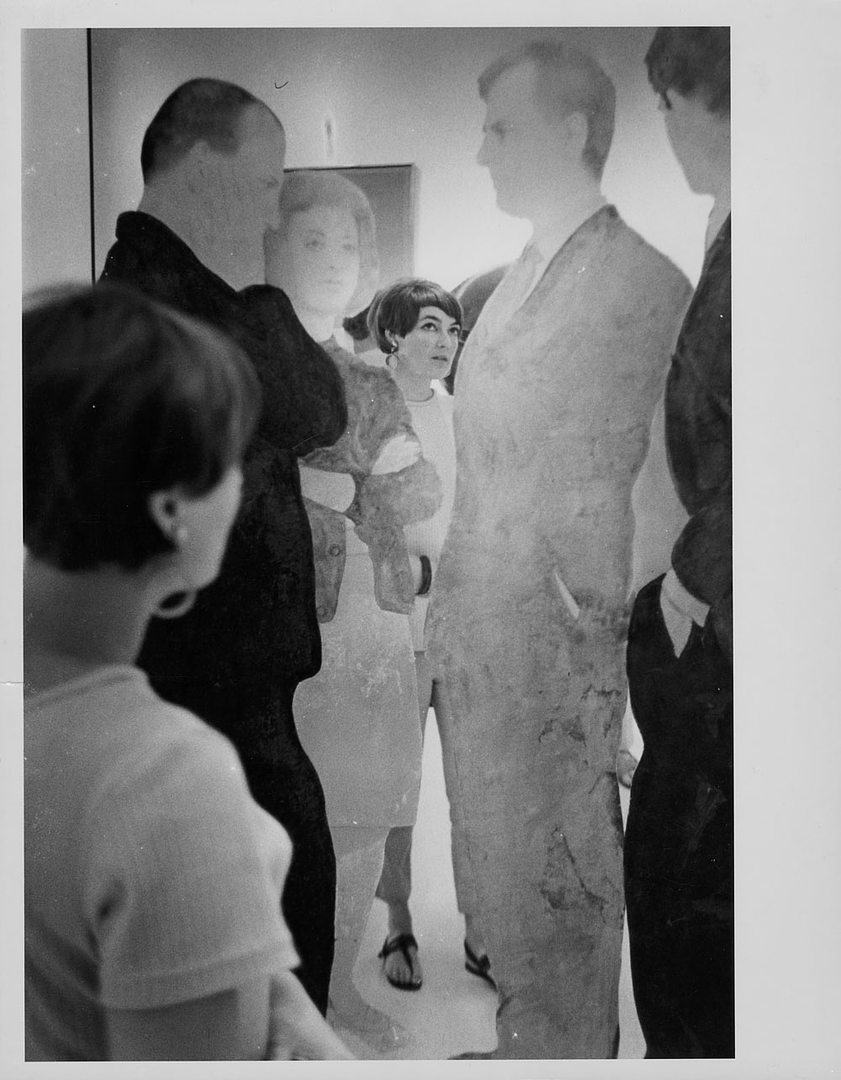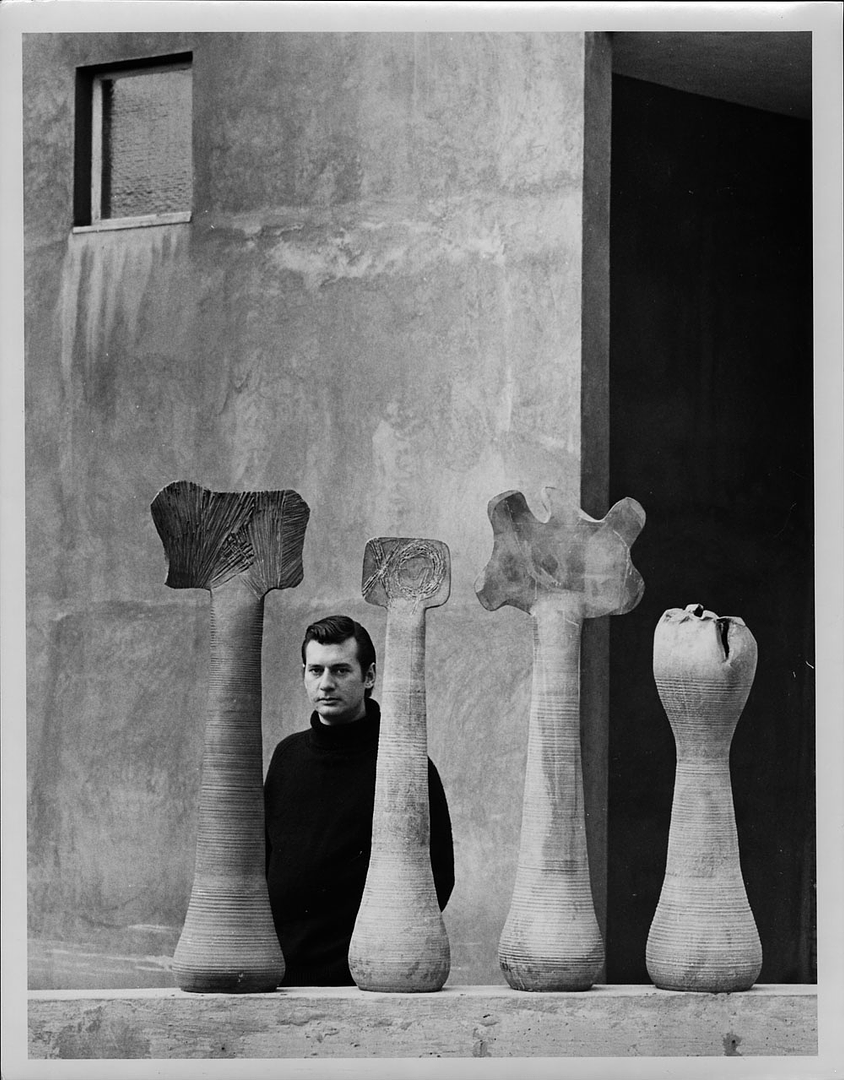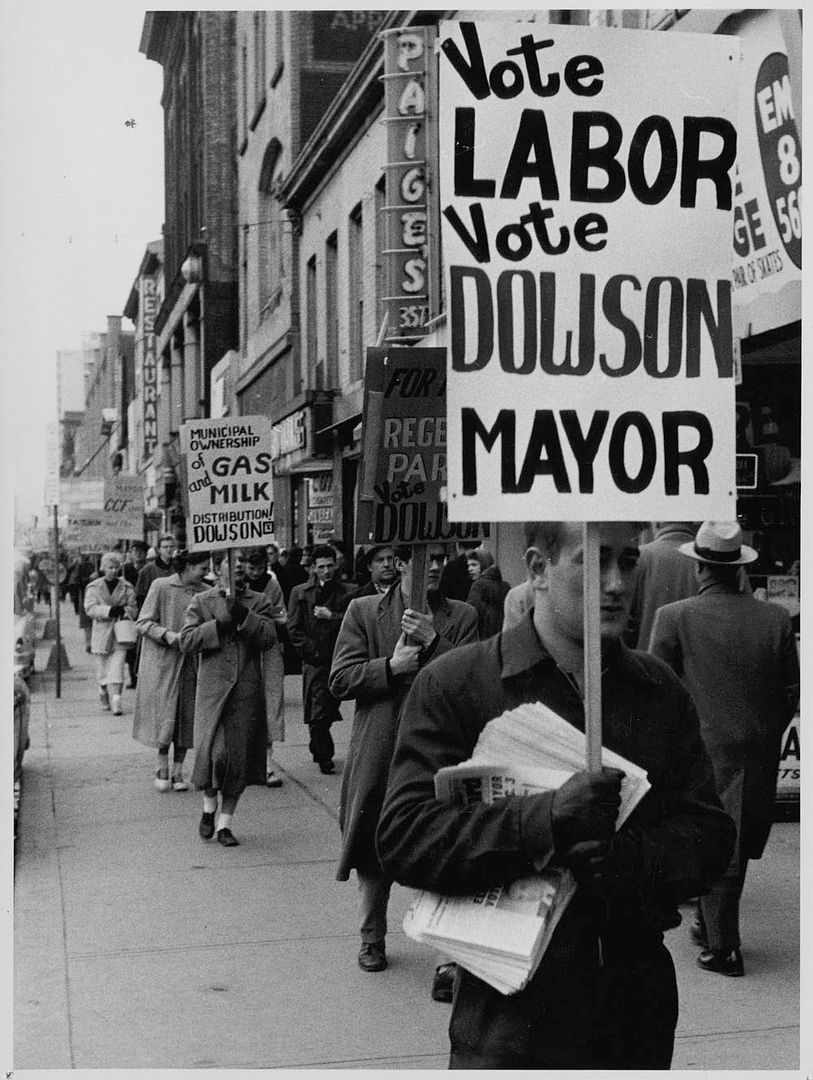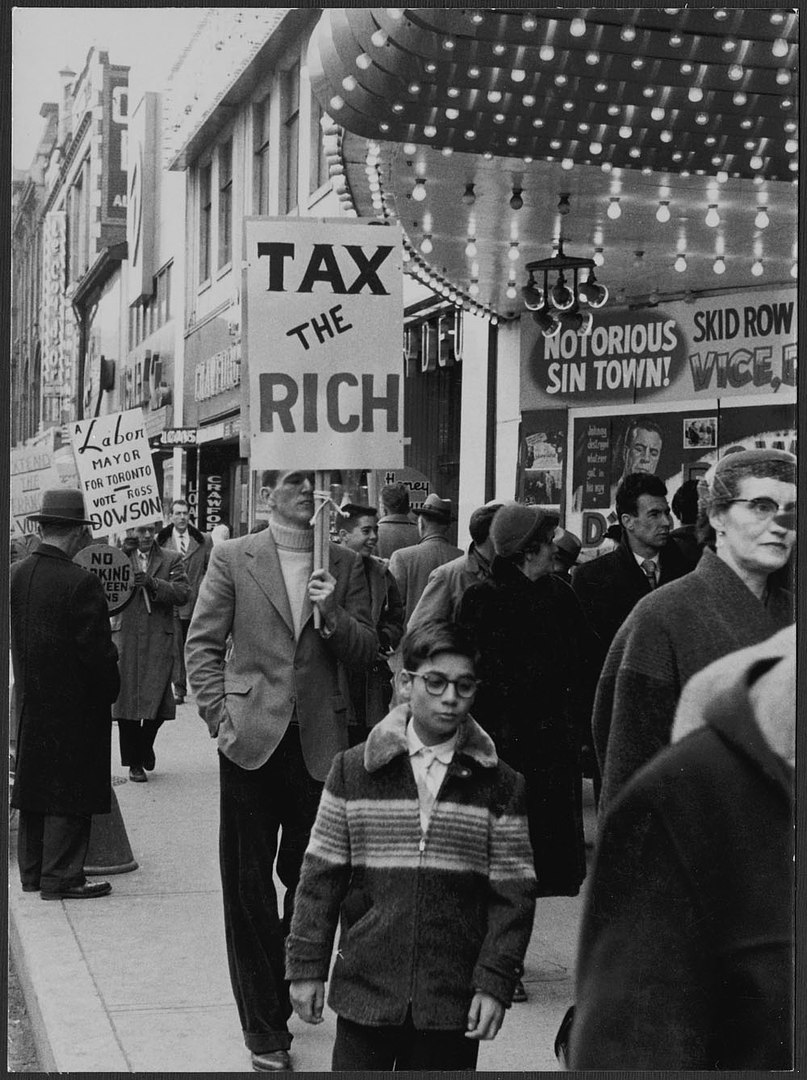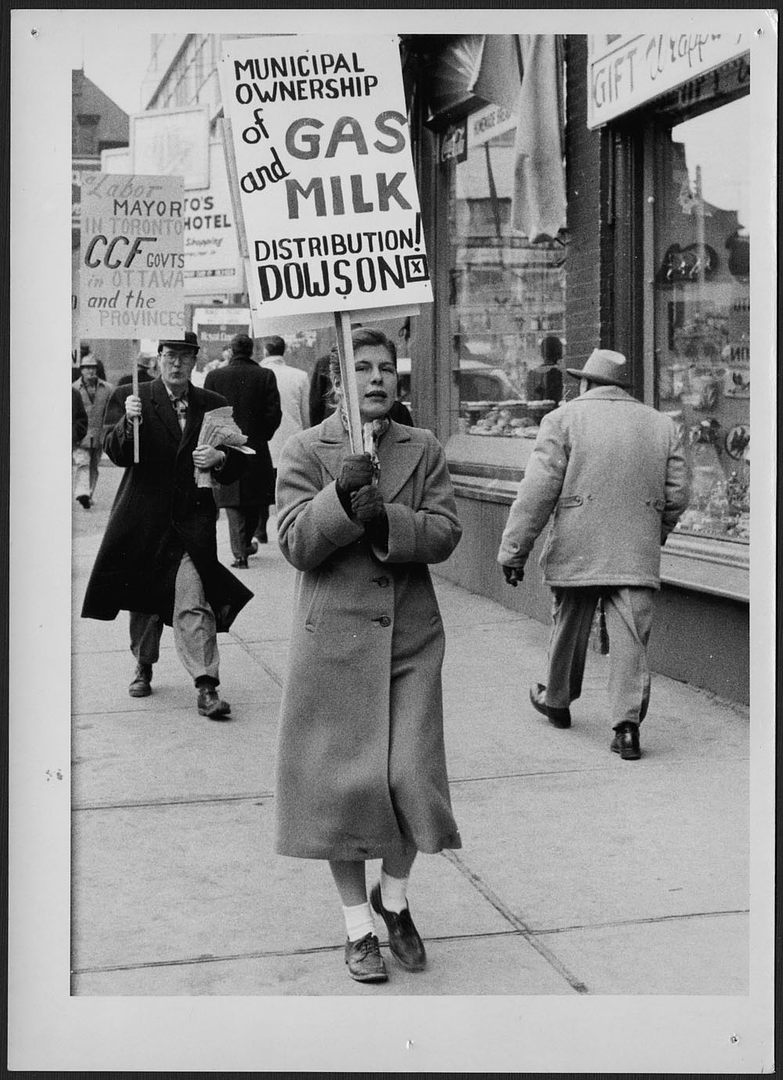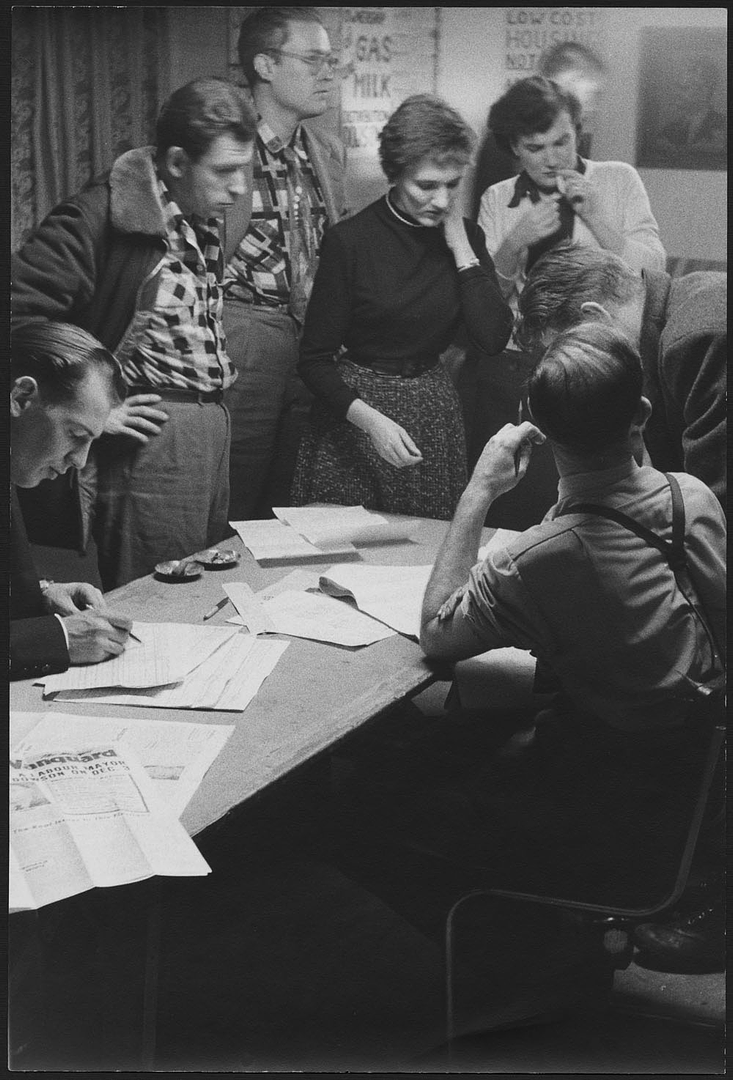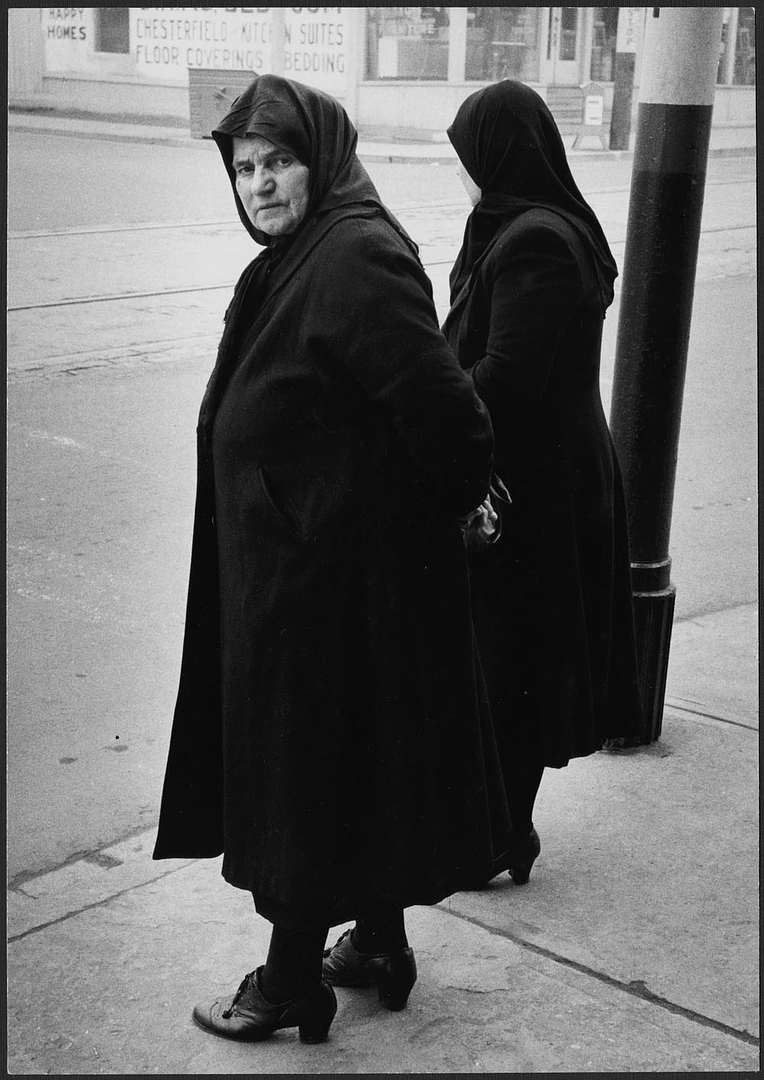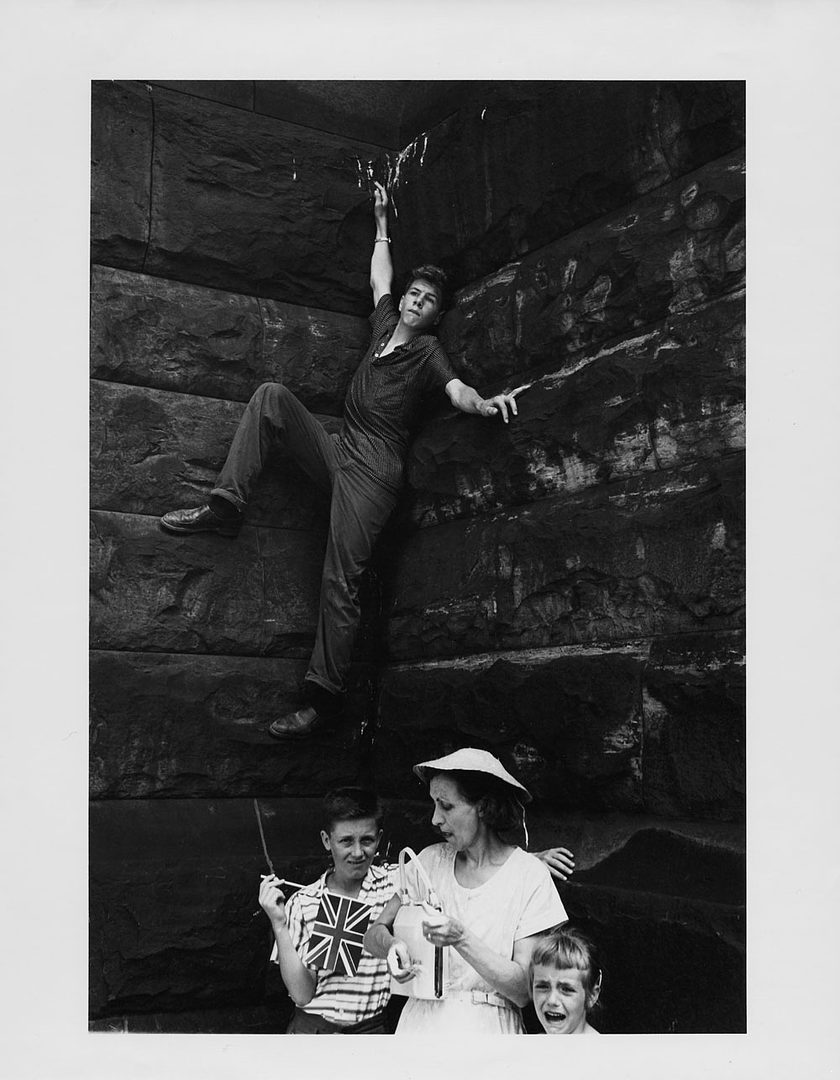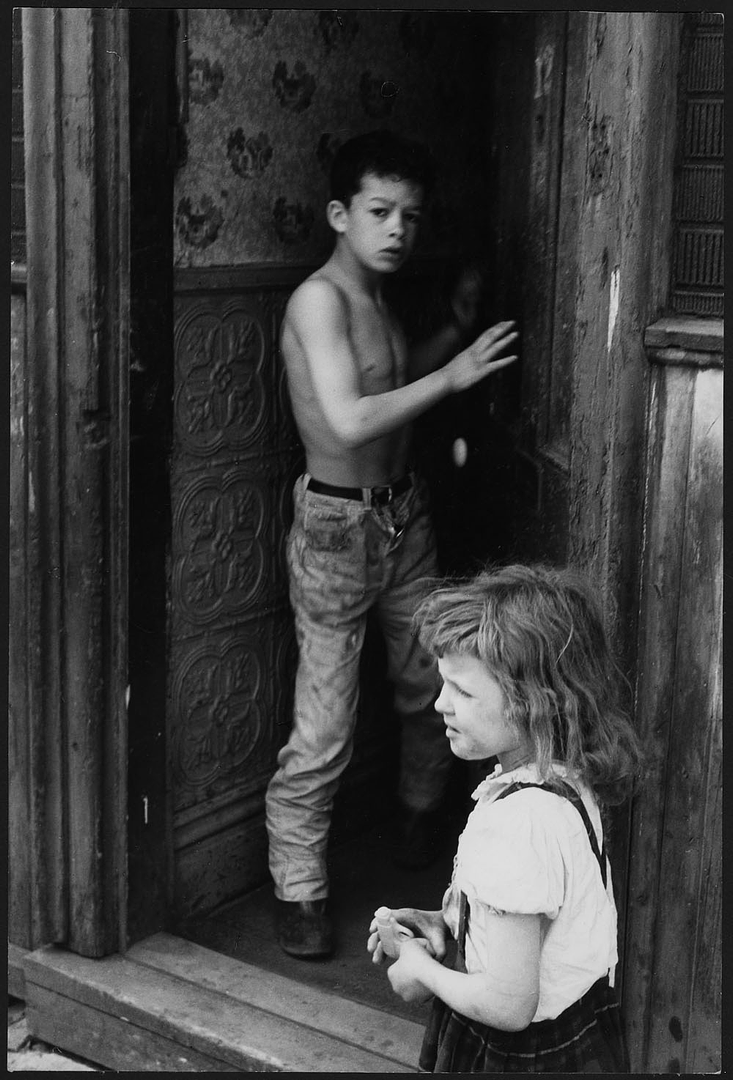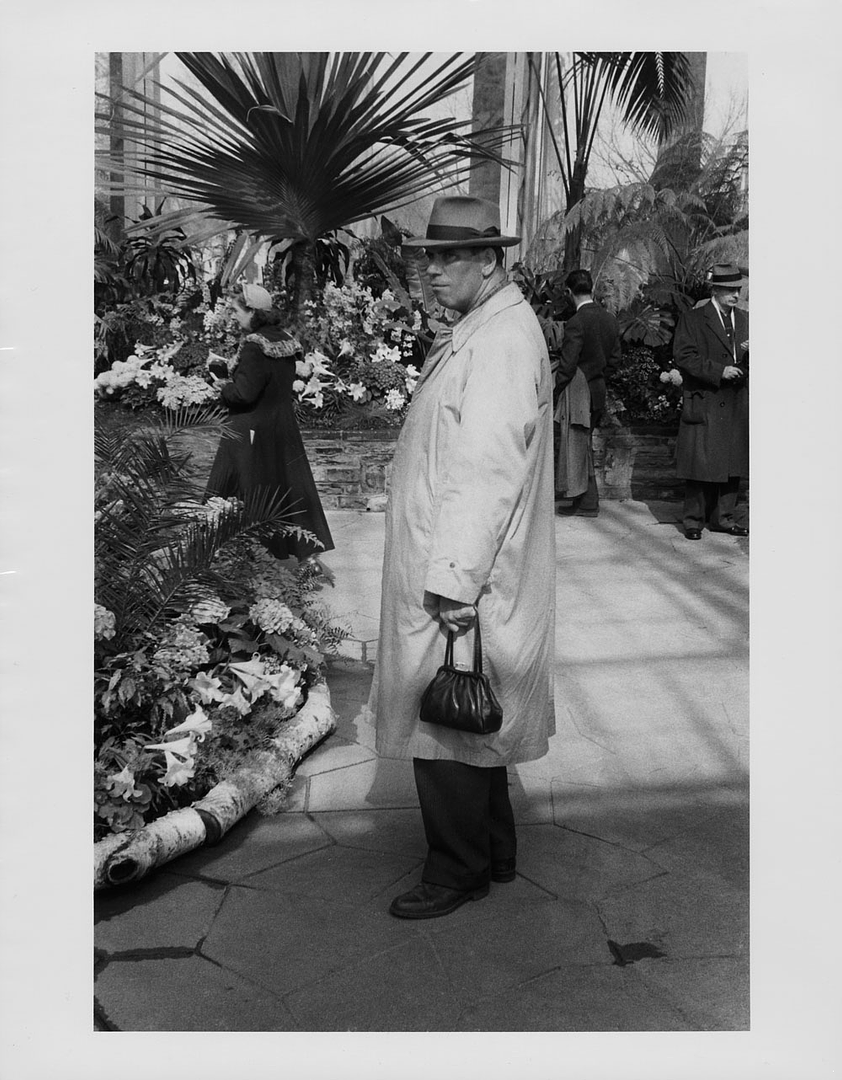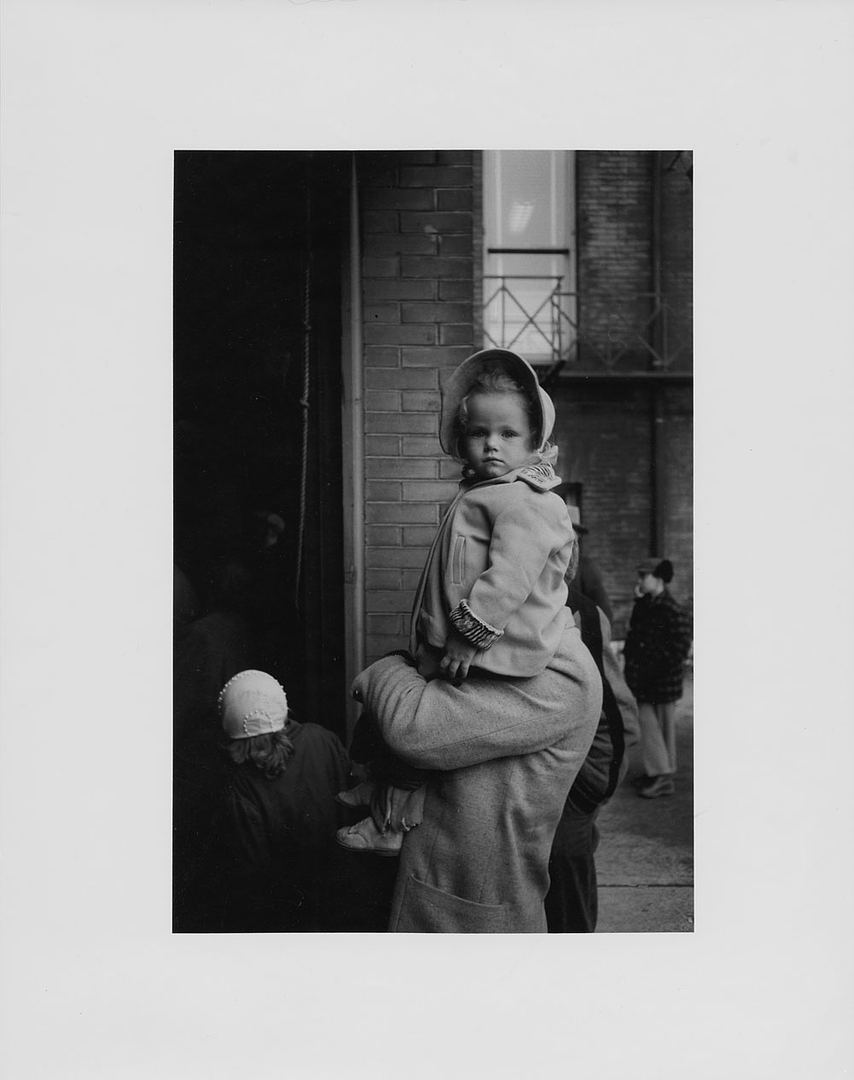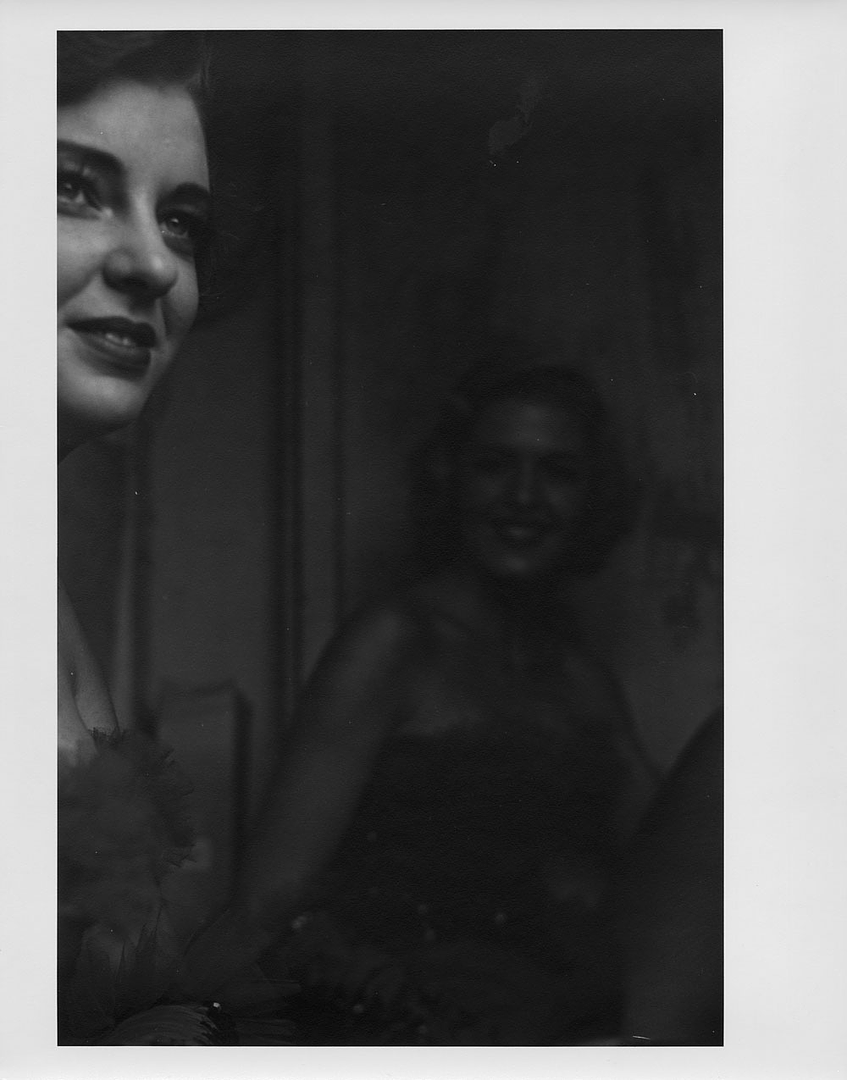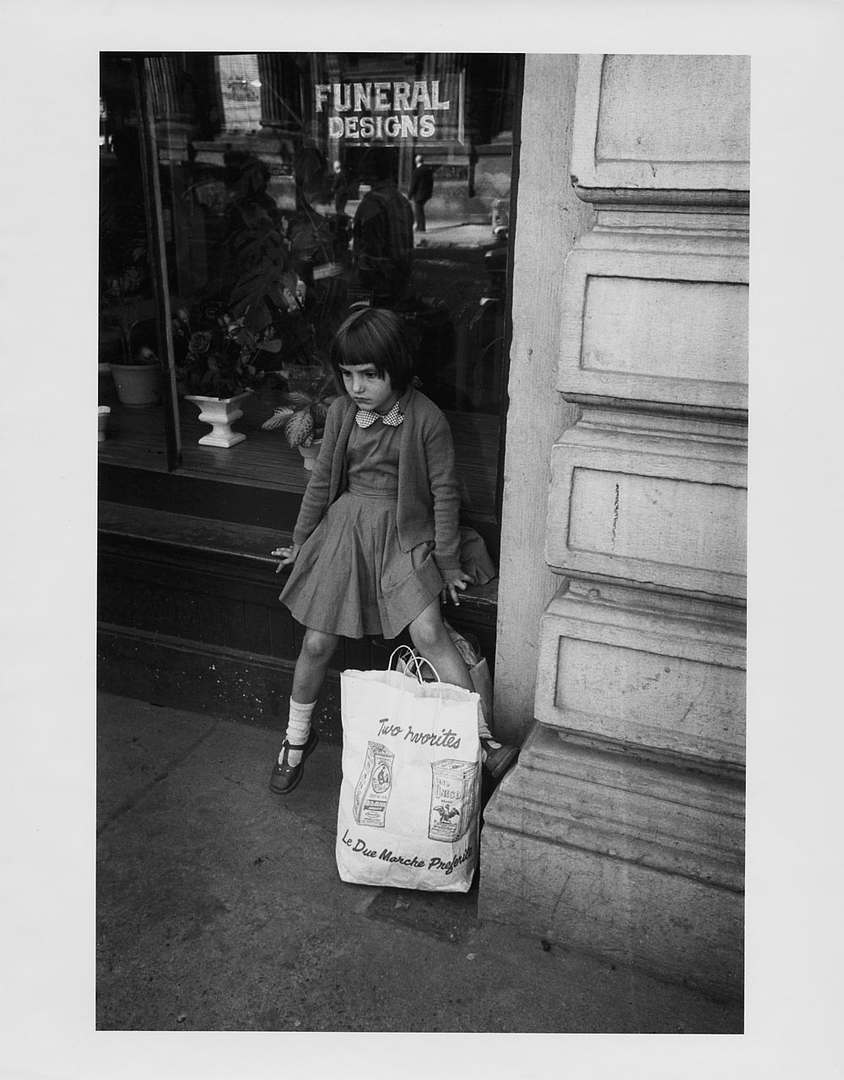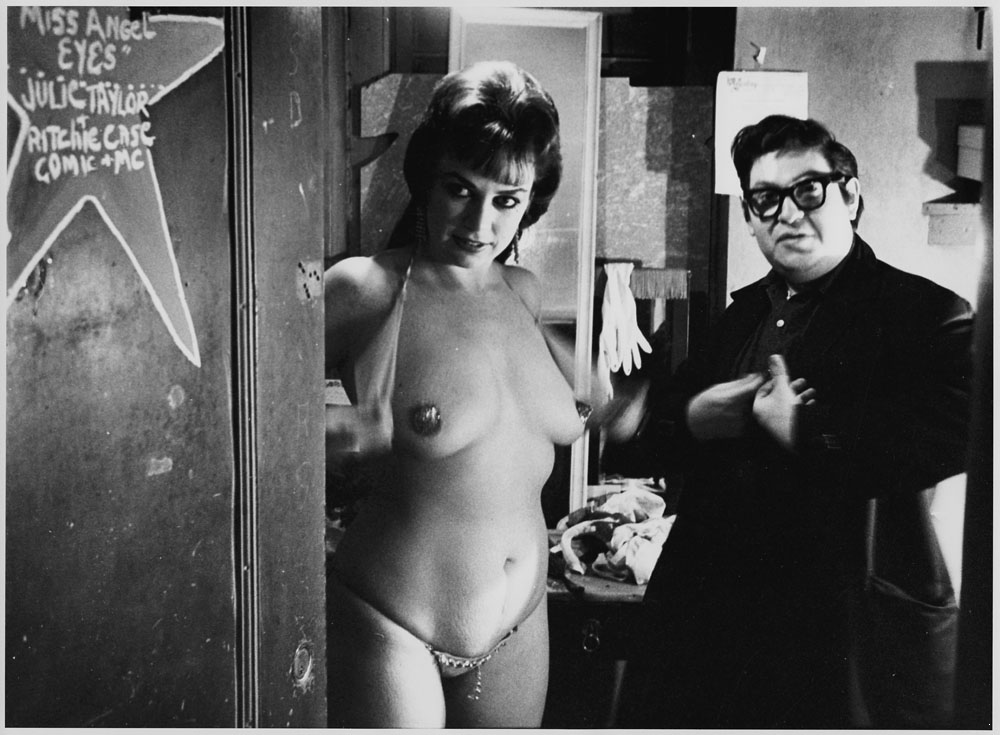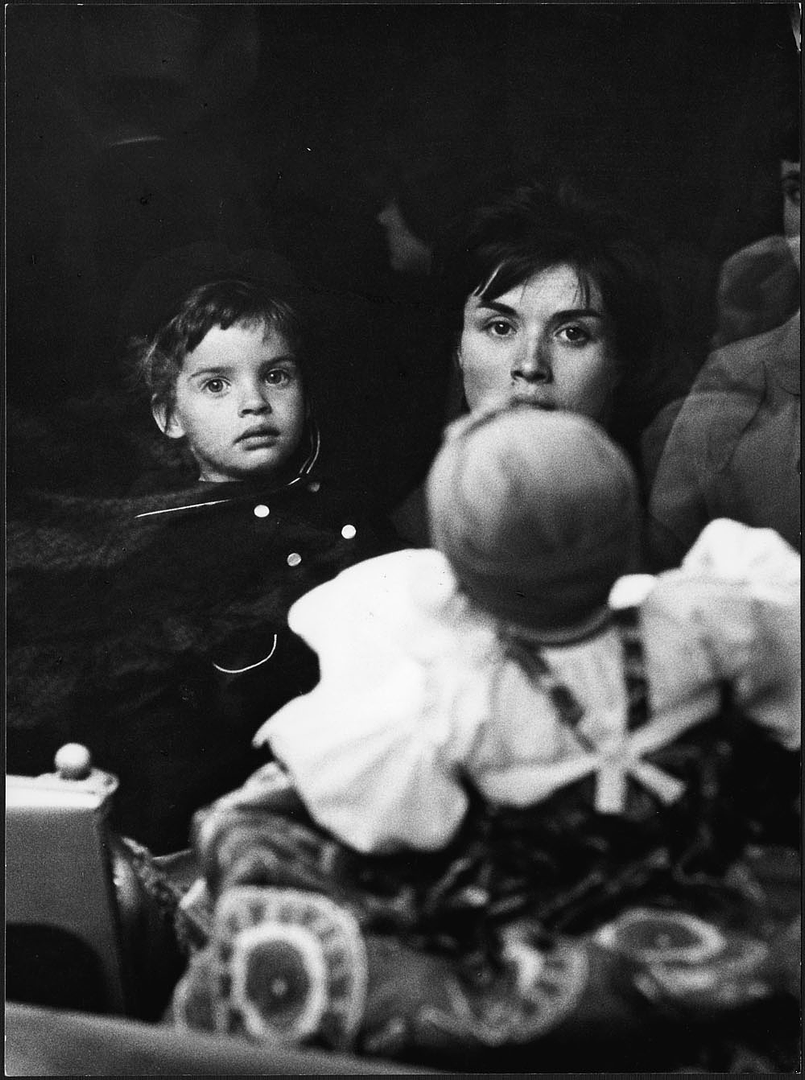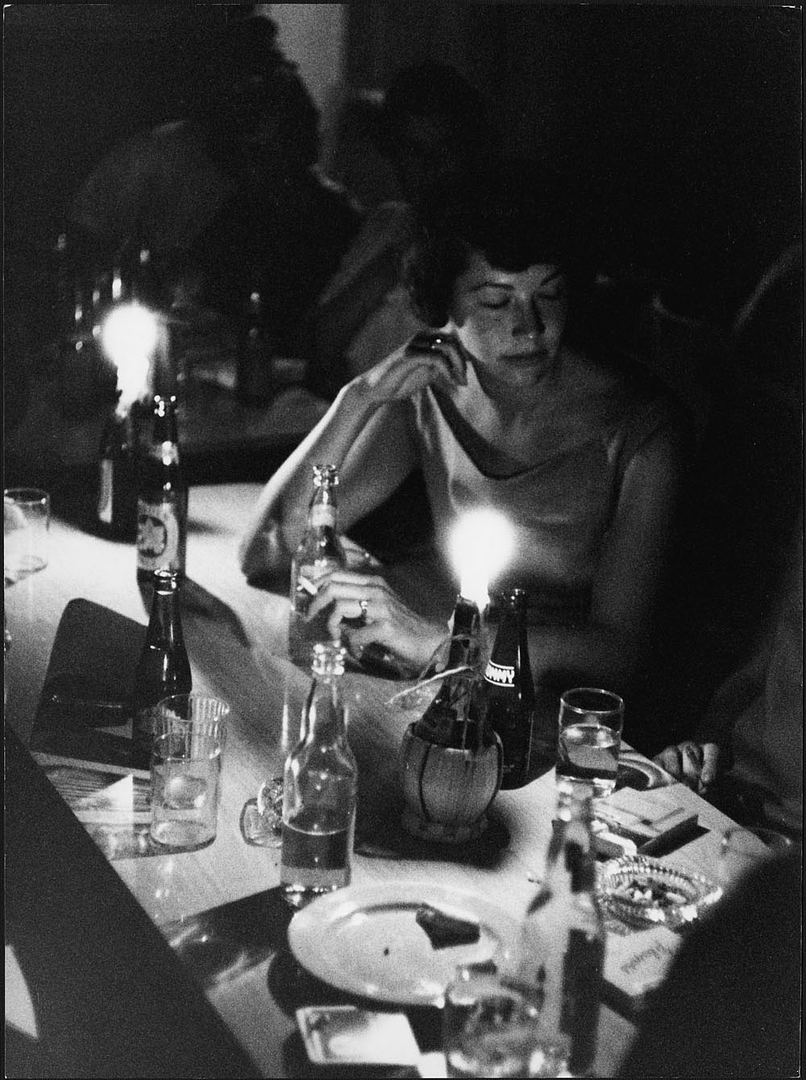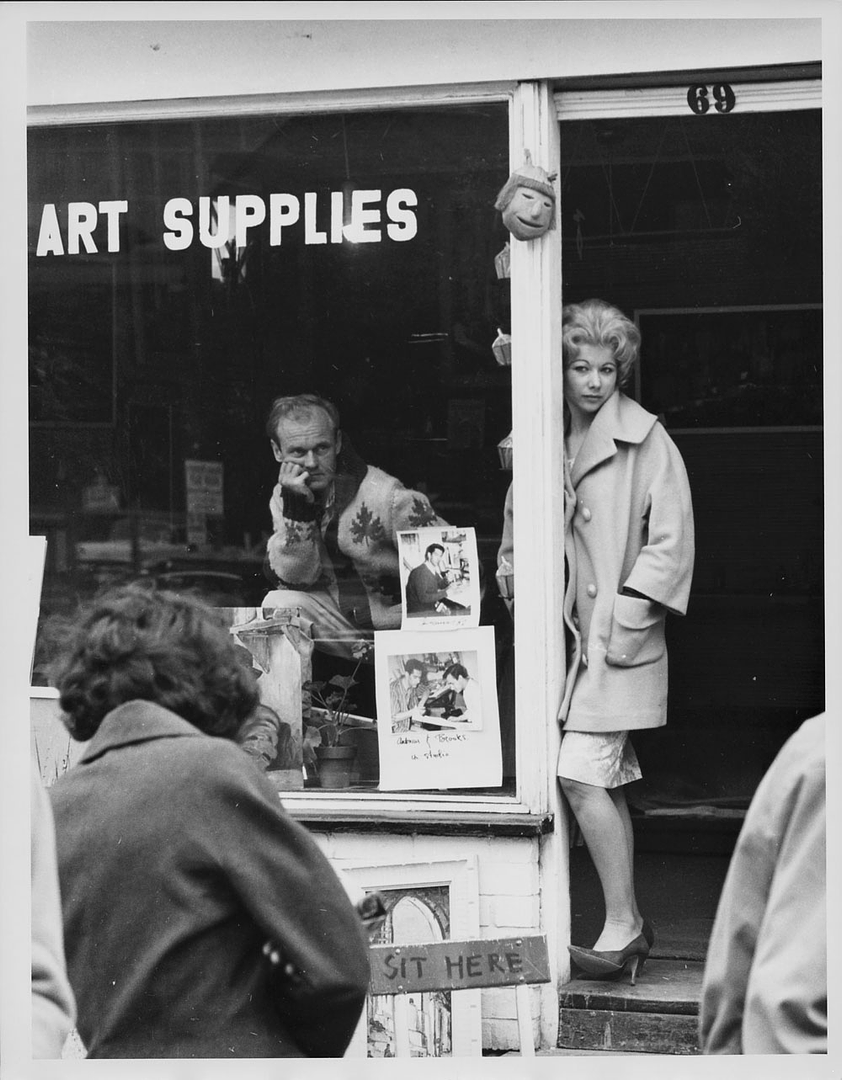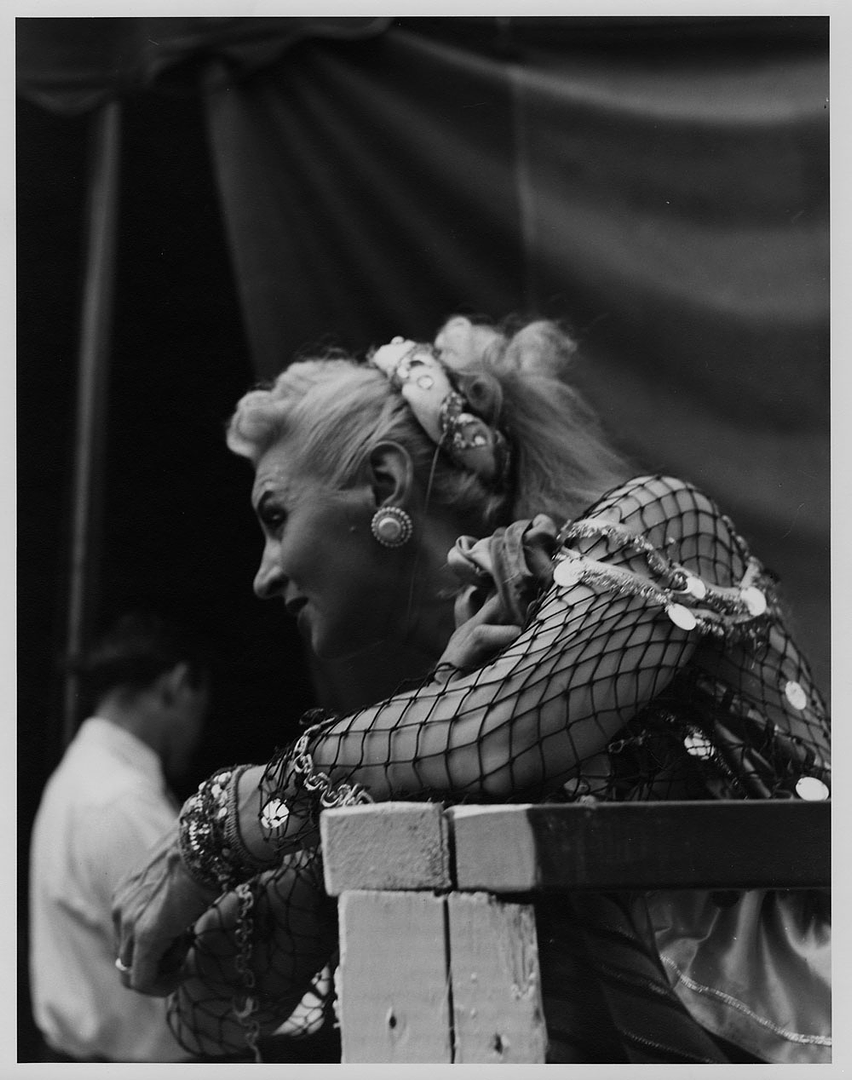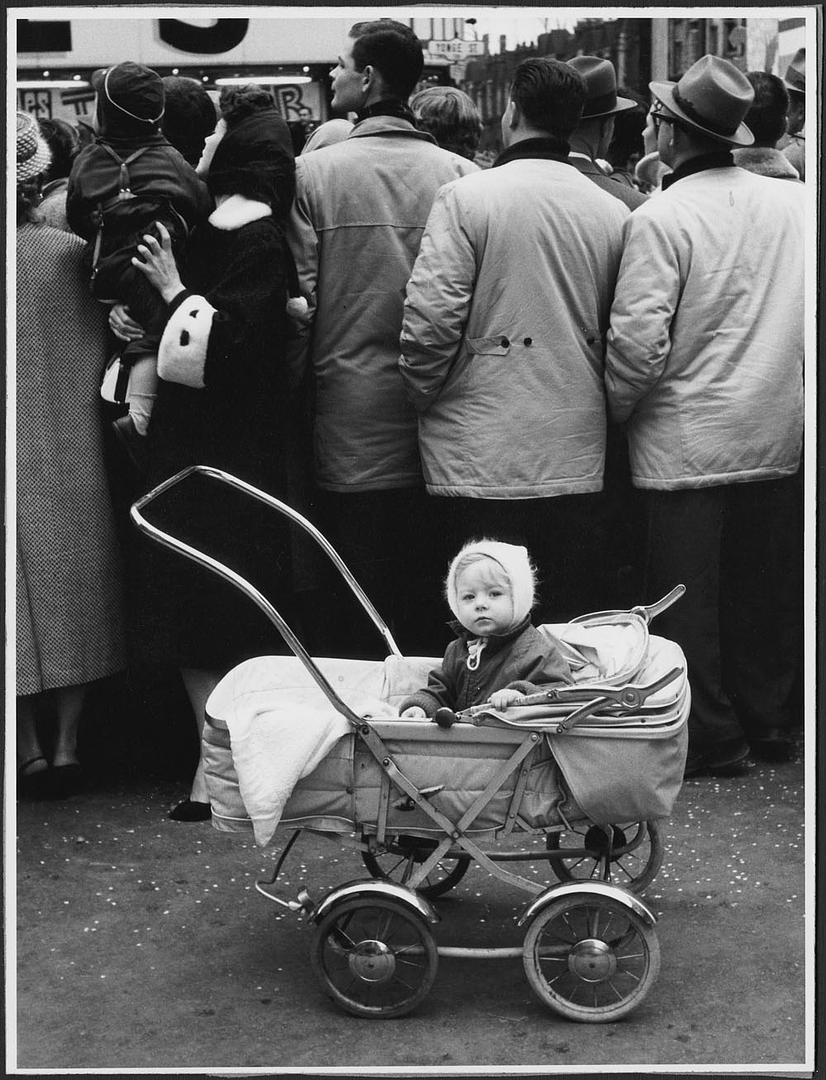thecharioteer
Senior Member
From:
http://www.whatistoronto.ca/section-overview/michel-lambeths-toronto
Michel Lambeth 1923-1977
His name is Michel Lambeth. Born Thomas Henry Lambeth in Toronto’s east end, he was in his early thirties when he first took to the streets with his camera. He’d gone to war at twenty, served as a tank gunner in Western Europe, and when he was demobbed in ’45 stayed on in London and Paris to study art.
Michel came home in 1952 with a wife and new name, which didn’t mean he was settling down — only that he was settling into the Bohemian life of a practising artist. He took a day job as a treasury clerk at City Hall, and after-hours continued with his real work. In Paris he’d studied sculpture with Ossip Zadkine, and exhibited some drawings. He started writing in Europe, too, and for a time worked seriously on a novel. Now he began experimenting with film, and as part of the Production Unit of the Toronto Film Society won a prize for his first effort, Eight-Fifteen.
Then one day in 1955 he picked up his new 2¼” Rolleiflex and took a trip to St. Lawrence Market. Almost immediately he knew he’d found his true medium. He’d also found his subject.
After six years in Europe, returning to Canada turned me back to the streets of Toronto where I had grown up. The first images were extremely nostalgic. I photographed the children and grandchildren of the Macedonians, the Greeks, the English, the Irish, the Scottish, who had come to Toronto — just as my father did — about 1910. I photographed my coequals as though one day they would suddenly disappear — as I had, momentarily — to war in Europe or elsewhere.
— 1972
Lambeth gave himself the task of creating a portrait of Toronto. It was to be an intimate portrait of the city with nothing staged; a sustained meditation which he hoped would captured the essence of the place in its bustling diversity. He acquired a 35mm Leica, a smaller, lighter camera capable of delivering the spontaneity his approach demanded. He was free to wonder about.
He began by haunting the markets, travelling up Spadina to Kensington photographing the stores, the kids, the street vendors, shoppers, and pan-handlers along the way. He invaded public spaces like Union Station, Allen Gardens, the old AGO (then the Art Gallery of Toronto which is long gone, consumed from the inside by succeeding renovations), and the Royal Ontario Museum following the flow of interaction between people and city, watching and waiting for unguarded moments. He made repeated trips to Woodbine racetrack on the eastern edge of his terra cognita, and the CNE and High park on the Western edge. He people-watched in back alleys, underneath bridges, and at parades.
Vancouver writer and photographer, Steve Osborne (aka Mandelbrot) makes this passing comment about Michel in a piece about North Winnipeg’s John Paskievich, “His genius is to have created or perhaps discovered a singular photography: as Fred Herzog can be said to have created a Vancouver photography and Michel Lambeth a Toronto Photography, so John Paskievich created a Winnipeg photography.”
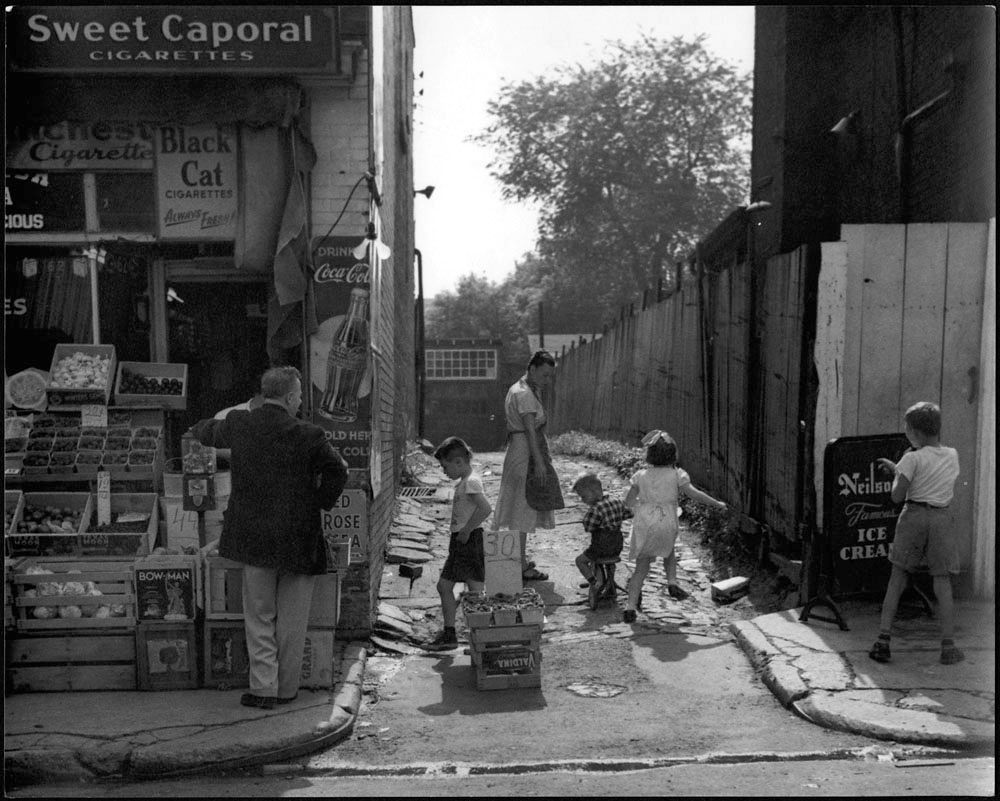

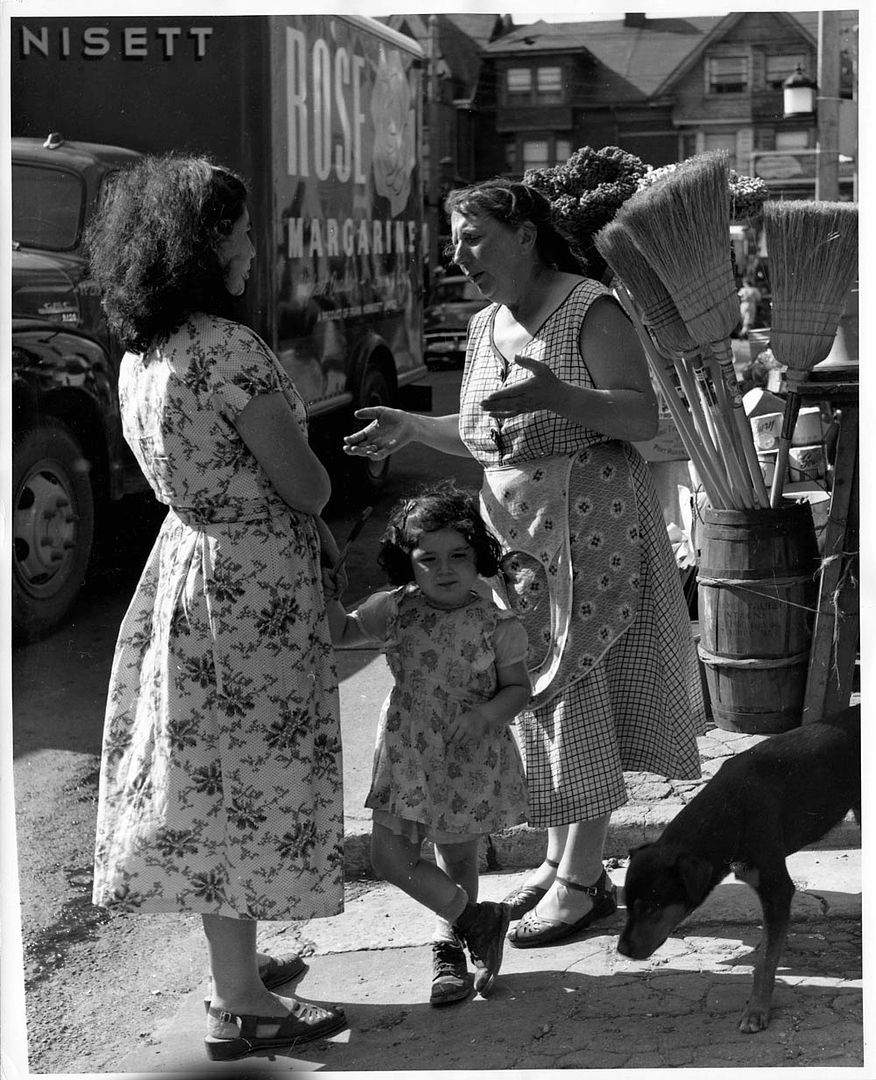

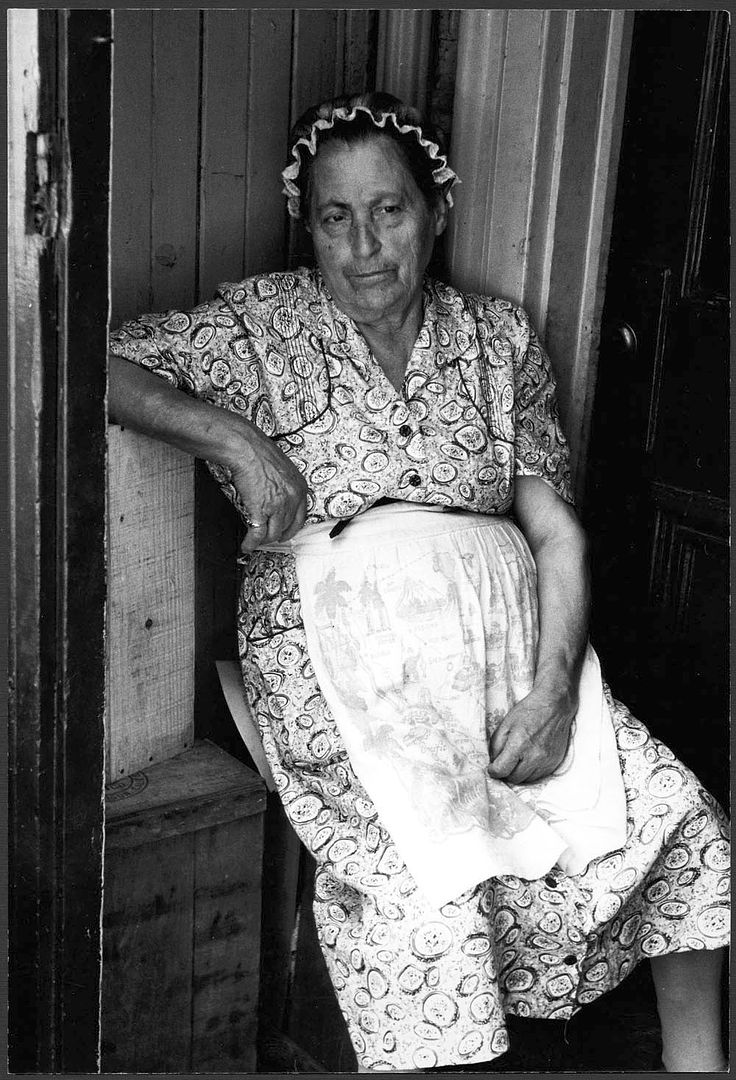

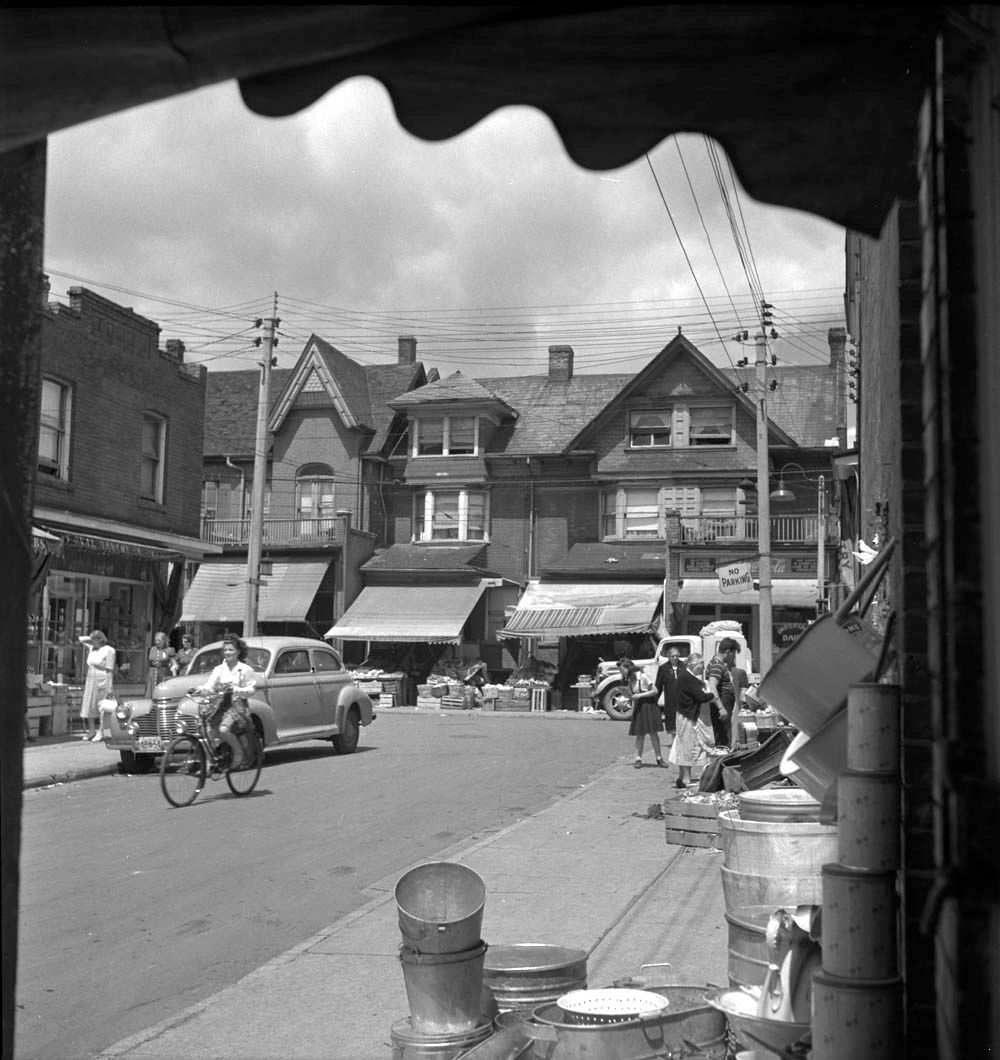
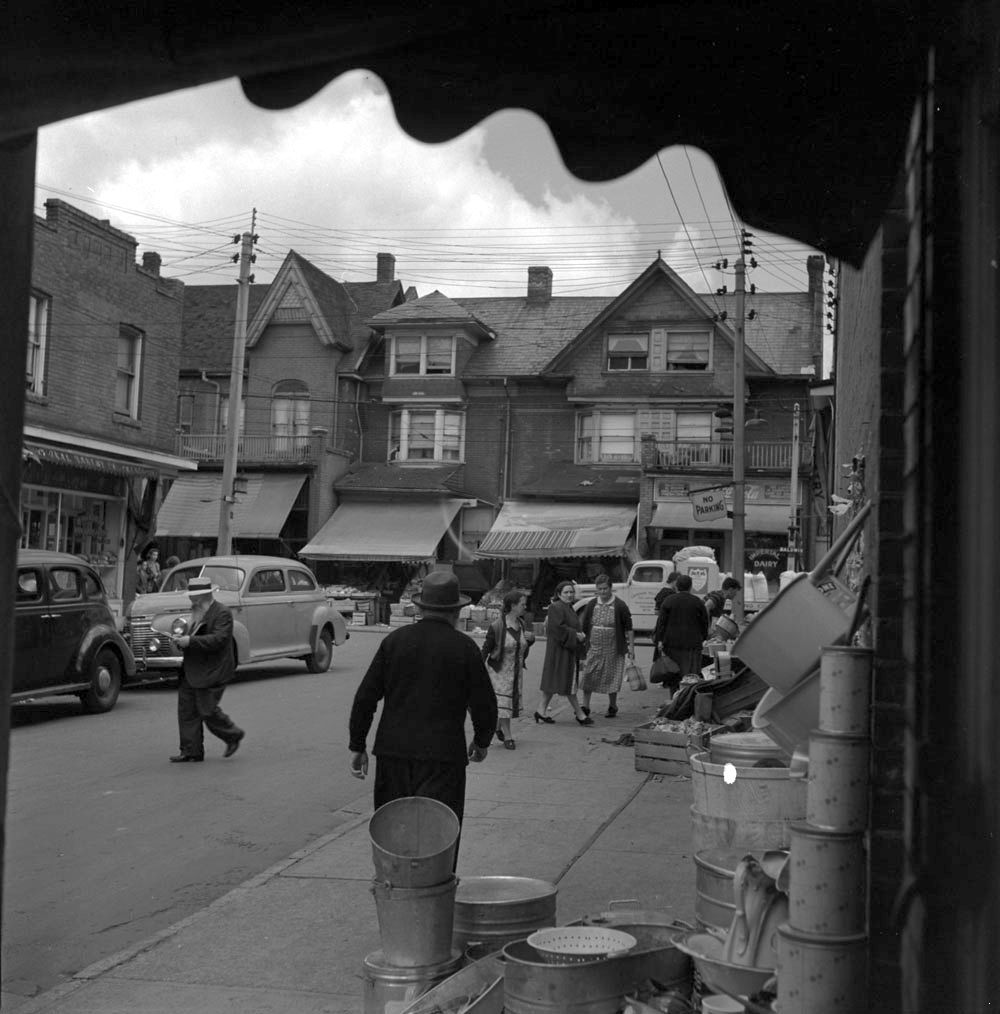
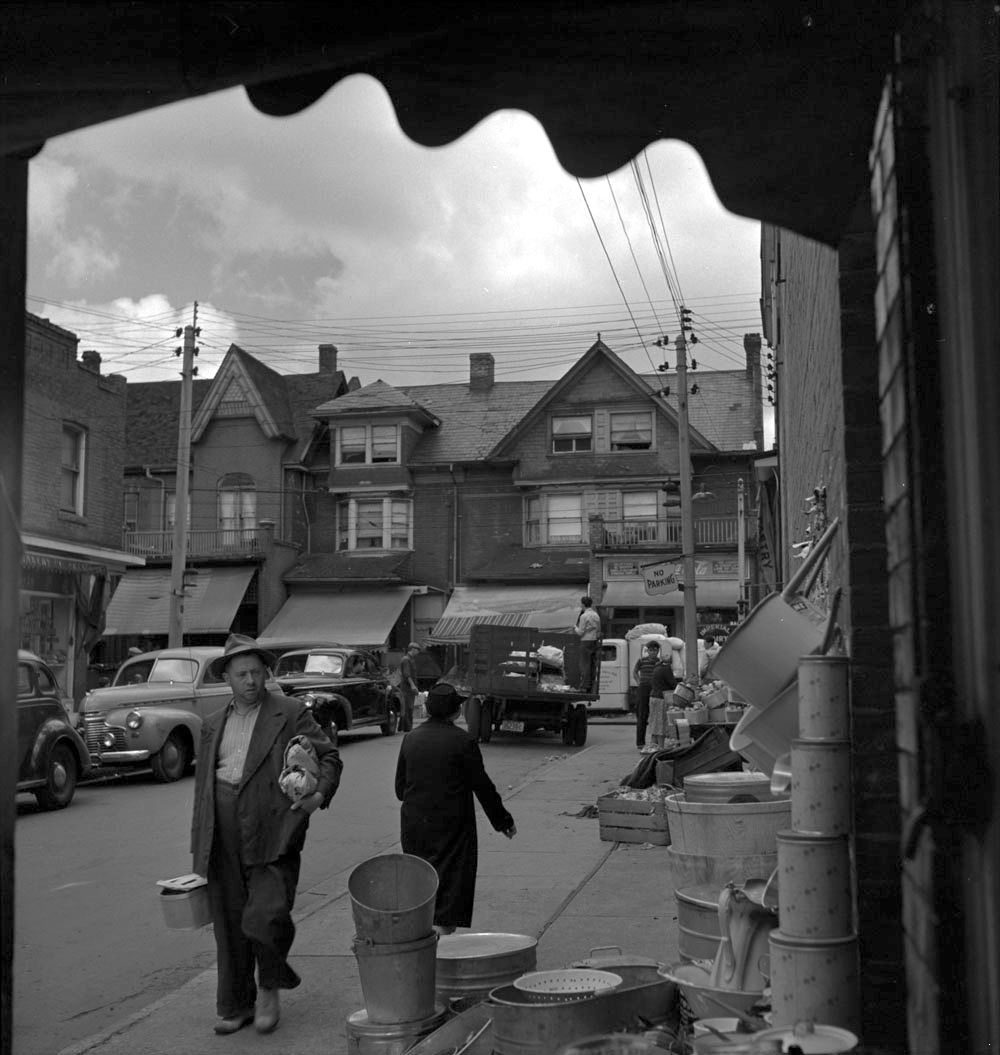
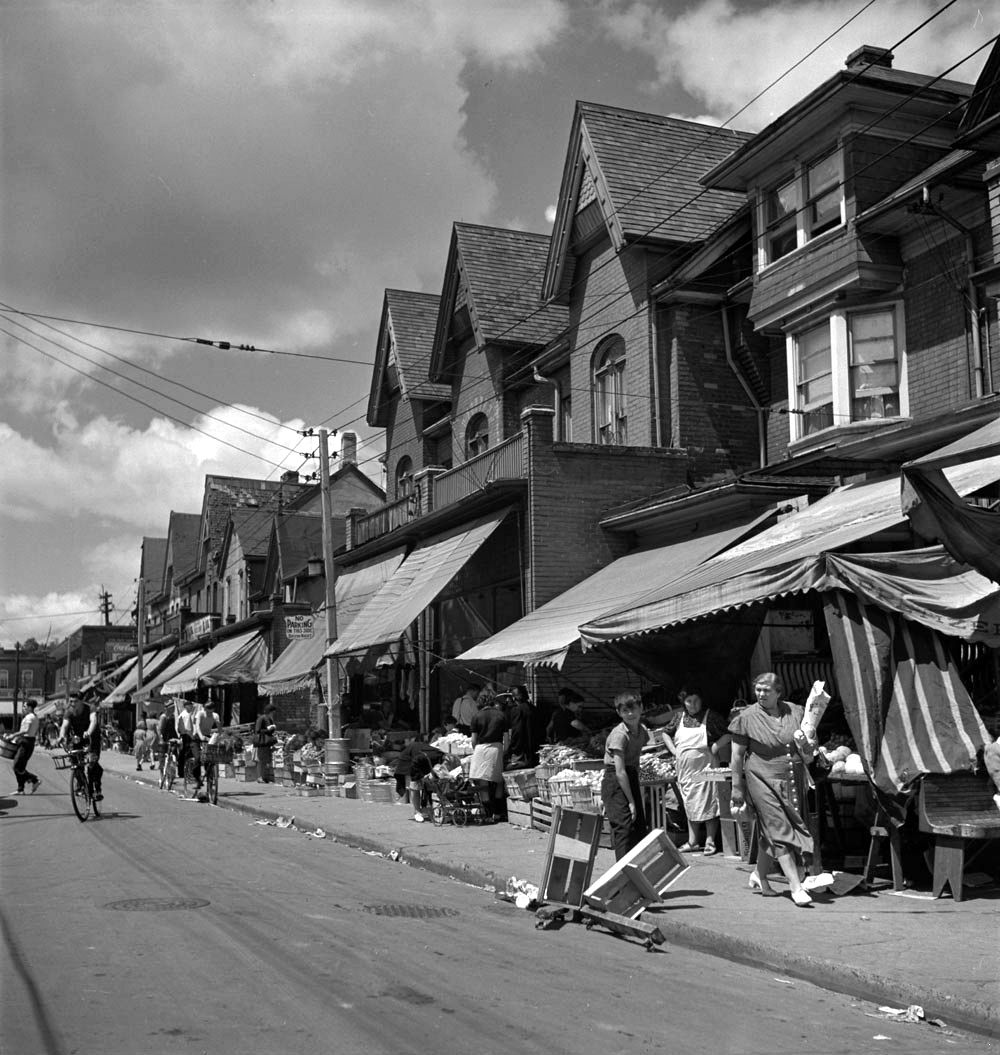
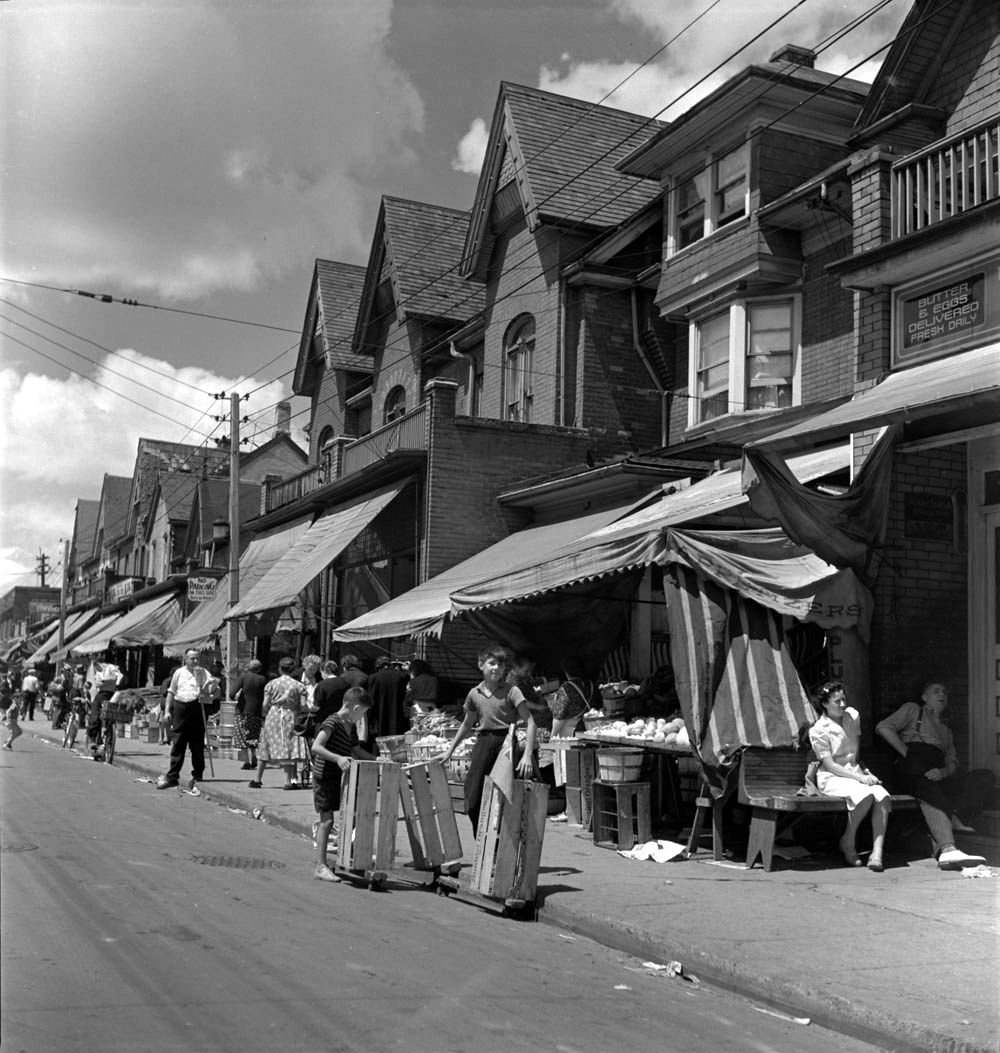
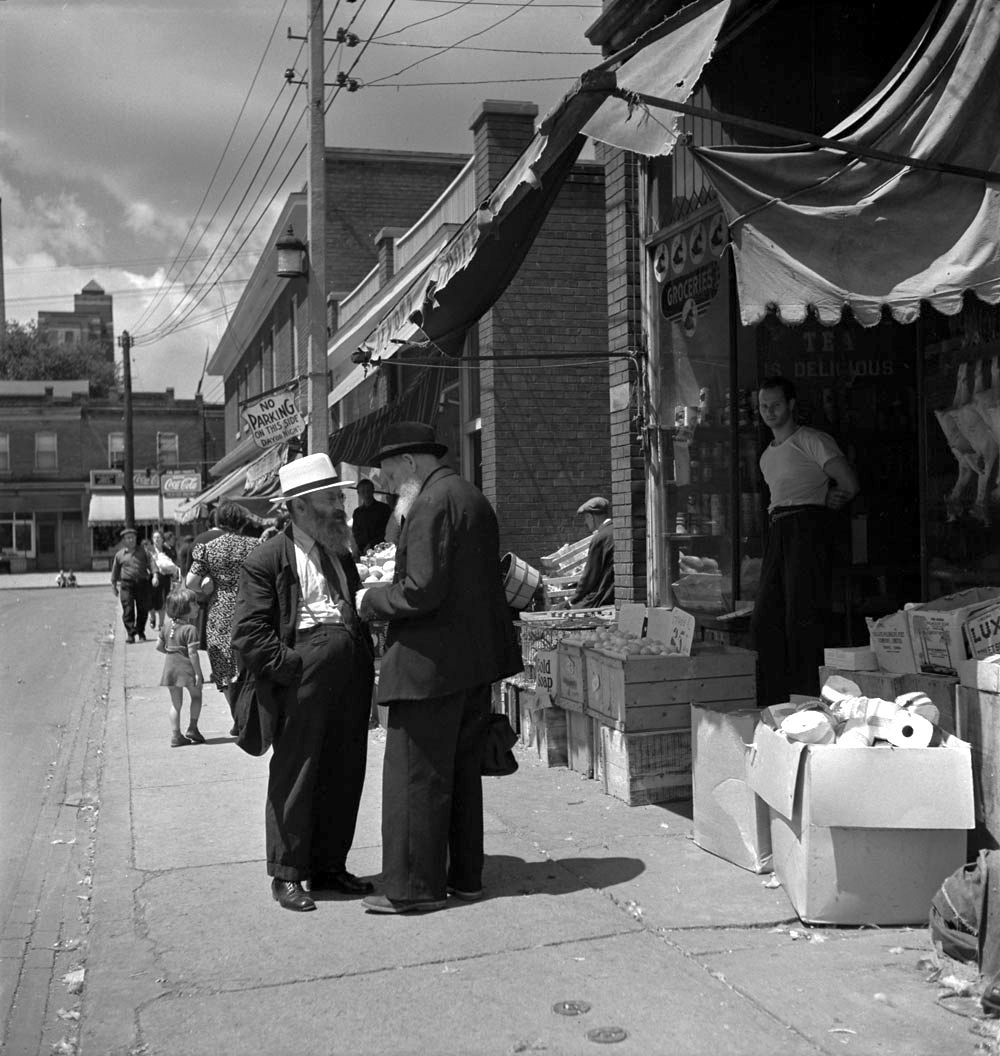
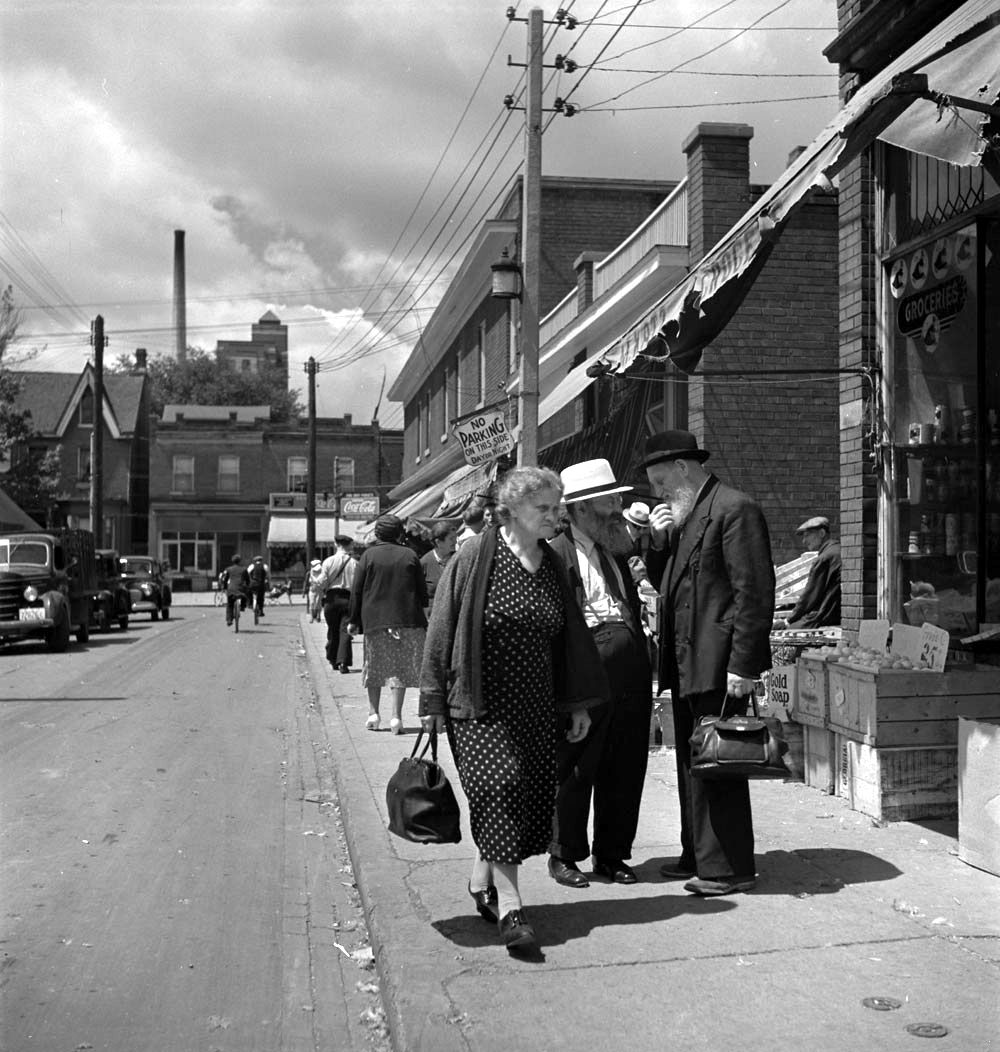
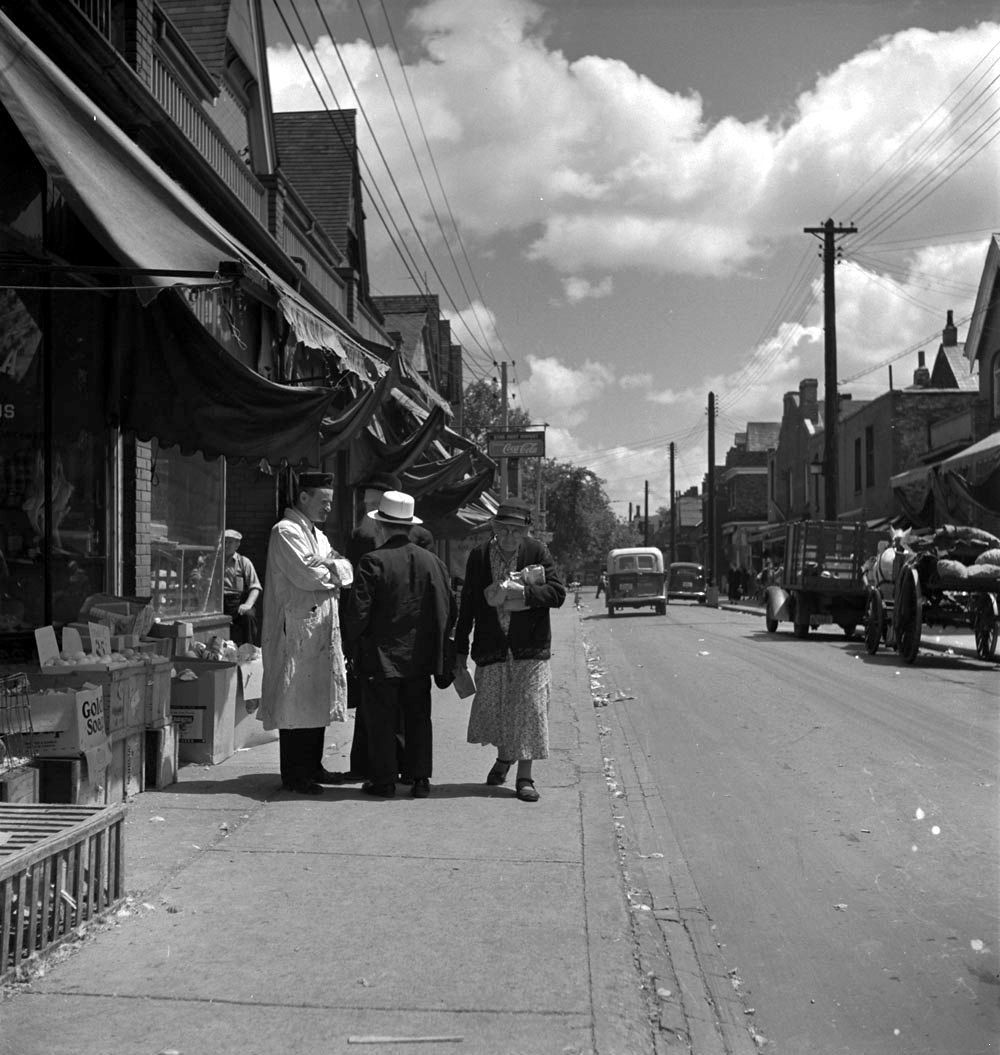
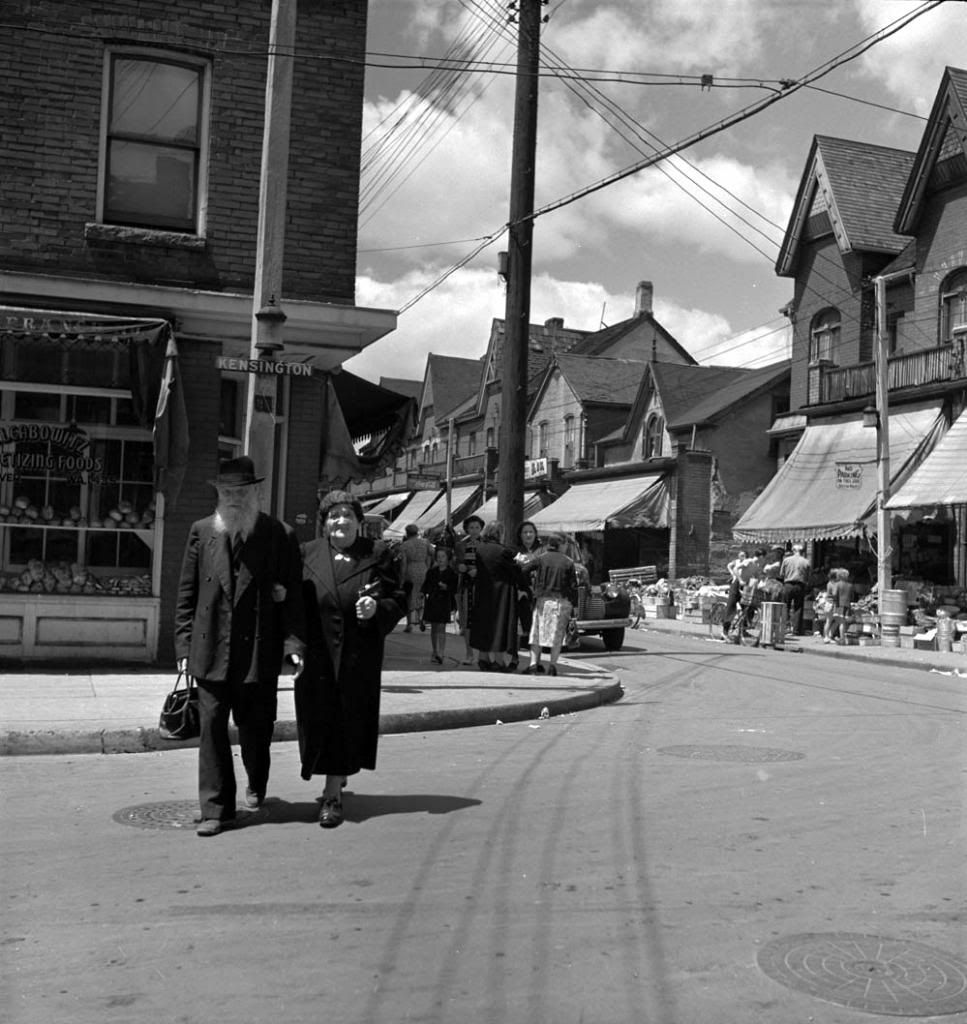

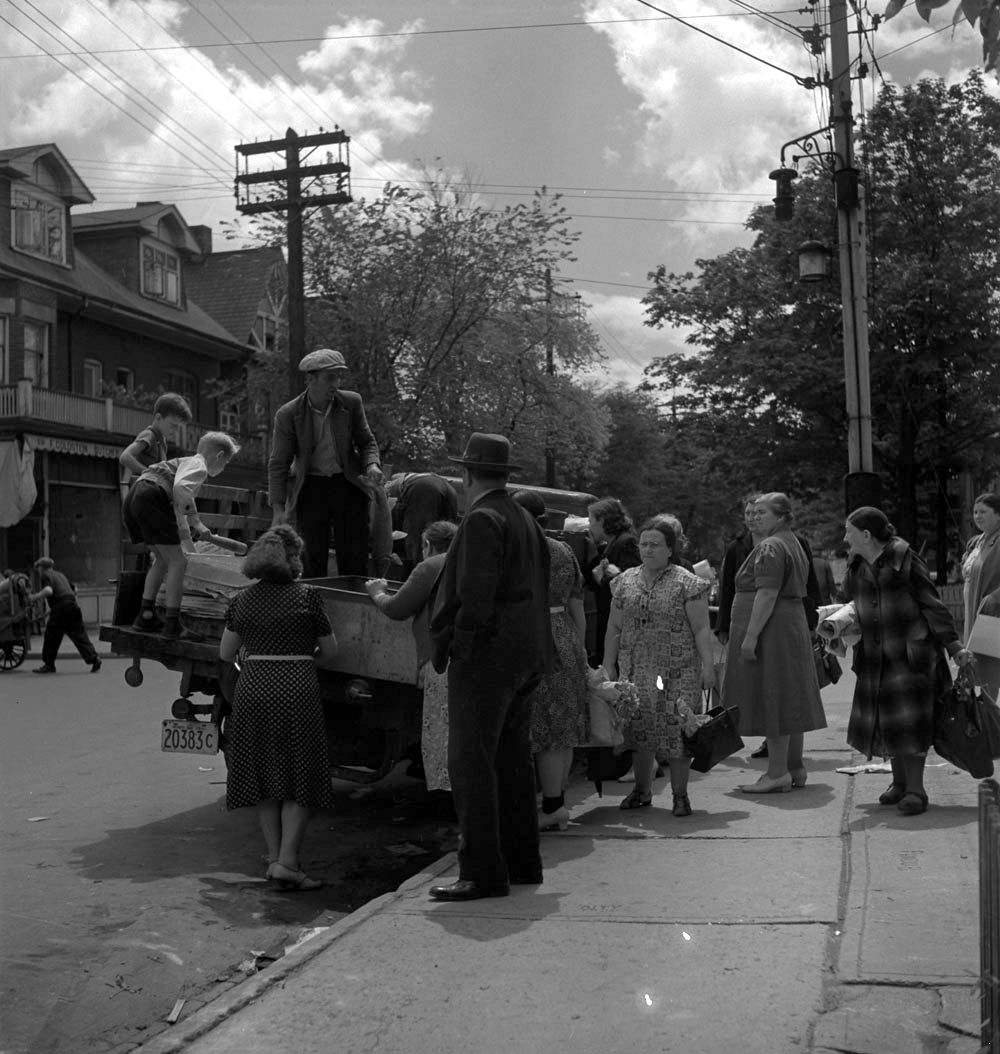

http://www.collectionscanada.gc.ca/...gitalContentInd=1&query=kensington&mediaType=
http://www.whatistoronto.ca/section-overview/michel-lambeths-toronto
Michel Lambeth 1923-1977
His name is Michel Lambeth. Born Thomas Henry Lambeth in Toronto’s east end, he was in his early thirties when he first took to the streets with his camera. He’d gone to war at twenty, served as a tank gunner in Western Europe, and when he was demobbed in ’45 stayed on in London and Paris to study art.
Michel came home in 1952 with a wife and new name, which didn’t mean he was settling down — only that he was settling into the Bohemian life of a practising artist. He took a day job as a treasury clerk at City Hall, and after-hours continued with his real work. In Paris he’d studied sculpture with Ossip Zadkine, and exhibited some drawings. He started writing in Europe, too, and for a time worked seriously on a novel. Now he began experimenting with film, and as part of the Production Unit of the Toronto Film Society won a prize for his first effort, Eight-Fifteen.
Then one day in 1955 he picked up his new 2¼” Rolleiflex and took a trip to St. Lawrence Market. Almost immediately he knew he’d found his true medium. He’d also found his subject.
After six years in Europe, returning to Canada turned me back to the streets of Toronto where I had grown up. The first images were extremely nostalgic. I photographed the children and grandchildren of the Macedonians, the Greeks, the English, the Irish, the Scottish, who had come to Toronto — just as my father did — about 1910. I photographed my coequals as though one day they would suddenly disappear — as I had, momentarily — to war in Europe or elsewhere.
— 1972
Lambeth gave himself the task of creating a portrait of Toronto. It was to be an intimate portrait of the city with nothing staged; a sustained meditation which he hoped would captured the essence of the place in its bustling diversity. He acquired a 35mm Leica, a smaller, lighter camera capable of delivering the spontaneity his approach demanded. He was free to wonder about.
He began by haunting the markets, travelling up Spadina to Kensington photographing the stores, the kids, the street vendors, shoppers, and pan-handlers along the way. He invaded public spaces like Union Station, Allen Gardens, the old AGO (then the Art Gallery of Toronto which is long gone, consumed from the inside by succeeding renovations), and the Royal Ontario Museum following the flow of interaction between people and city, watching and waiting for unguarded moments. He made repeated trips to Woodbine racetrack on the eastern edge of his terra cognita, and the CNE and High park on the Western edge. He people-watched in back alleys, underneath bridges, and at parades.
Vancouver writer and photographer, Steve Osborne (aka Mandelbrot) makes this passing comment about Michel in a piece about North Winnipeg’s John Paskievich, “His genius is to have created or perhaps discovered a singular photography: as Fred Herzog can be said to have created a Vancouver photography and Michel Lambeth a Toronto Photography, so John Paskievich created a Winnipeg photography.”


















http://www.collectionscanada.gc.ca/...gitalContentInd=1&query=kensington&mediaType=
Last edited:



